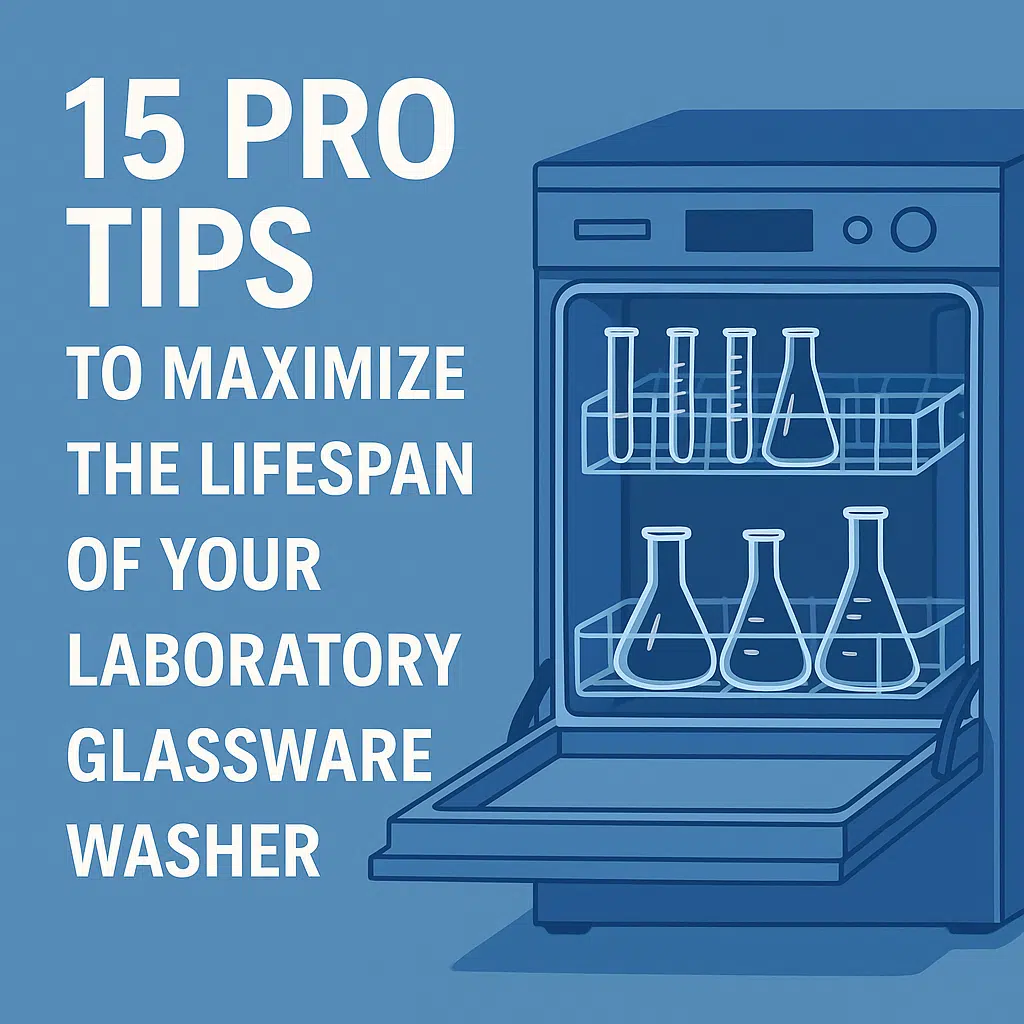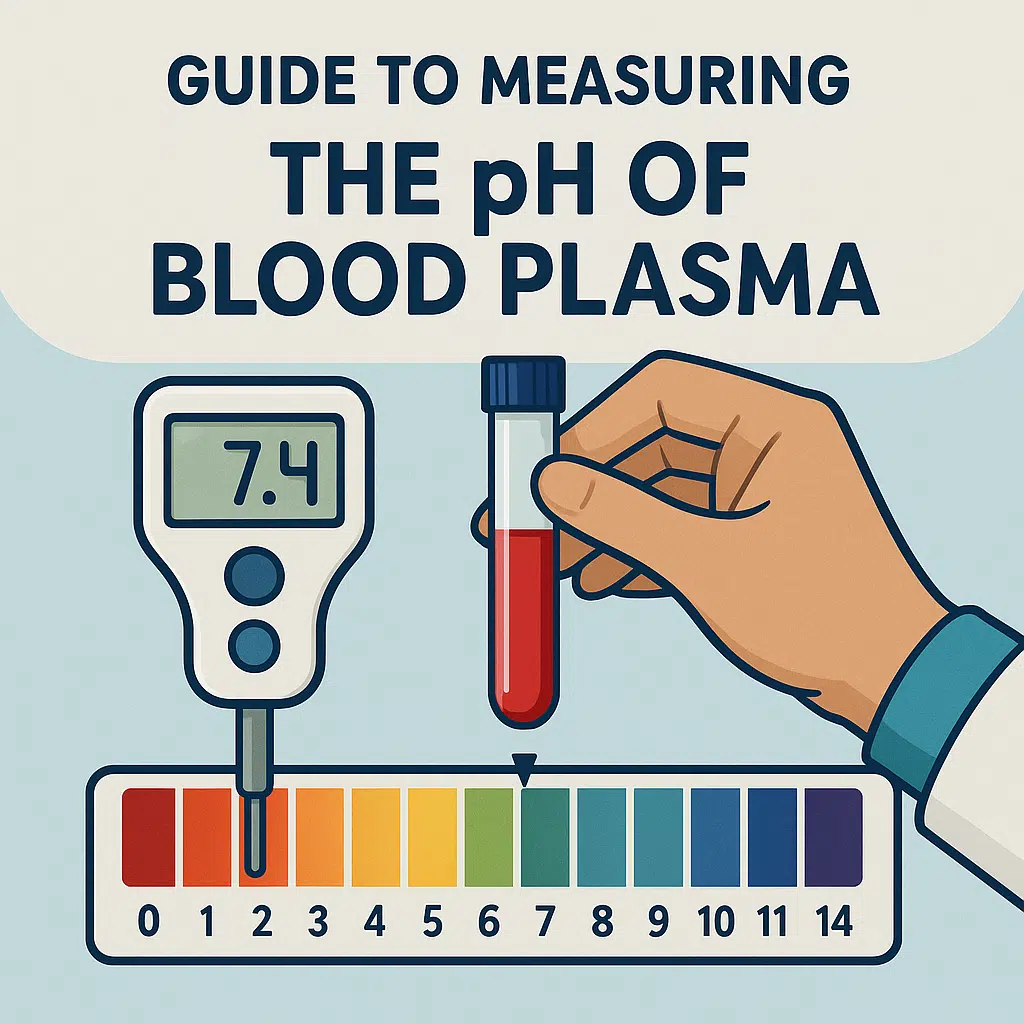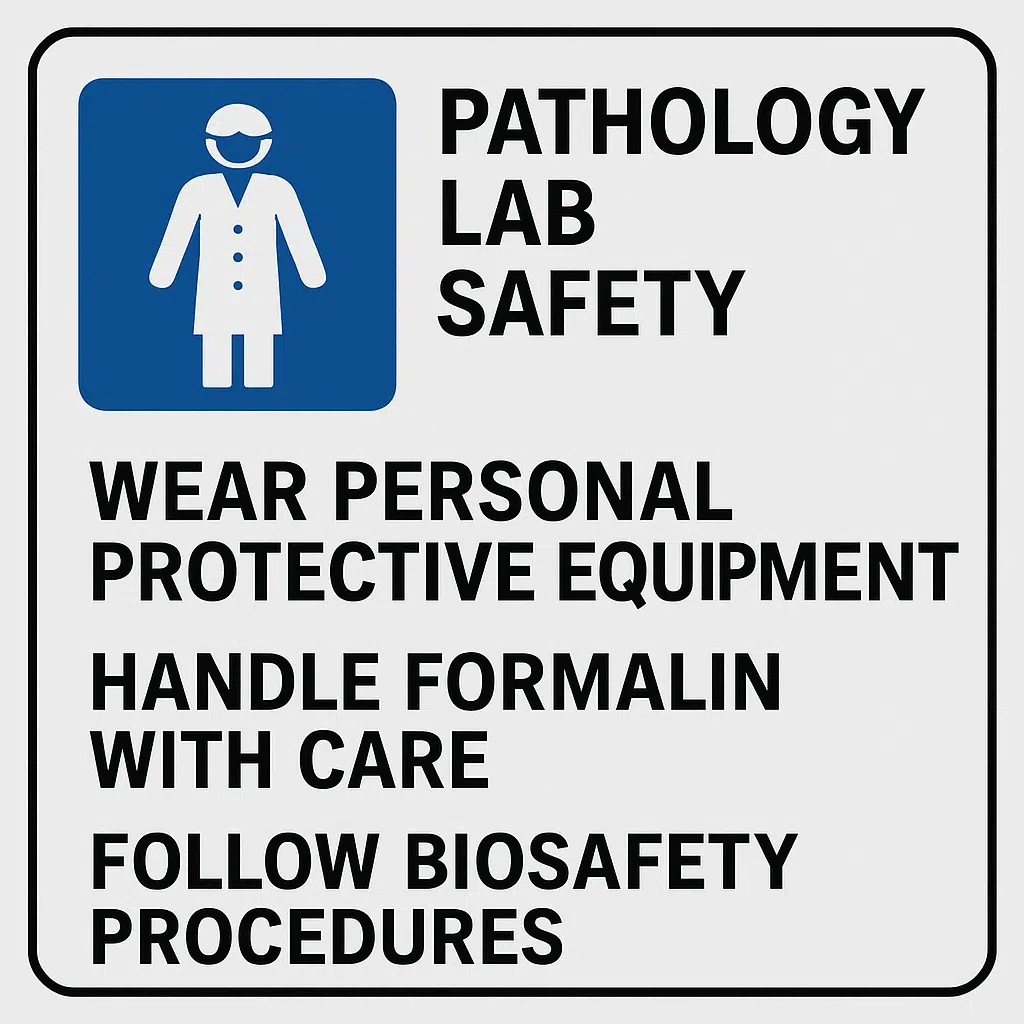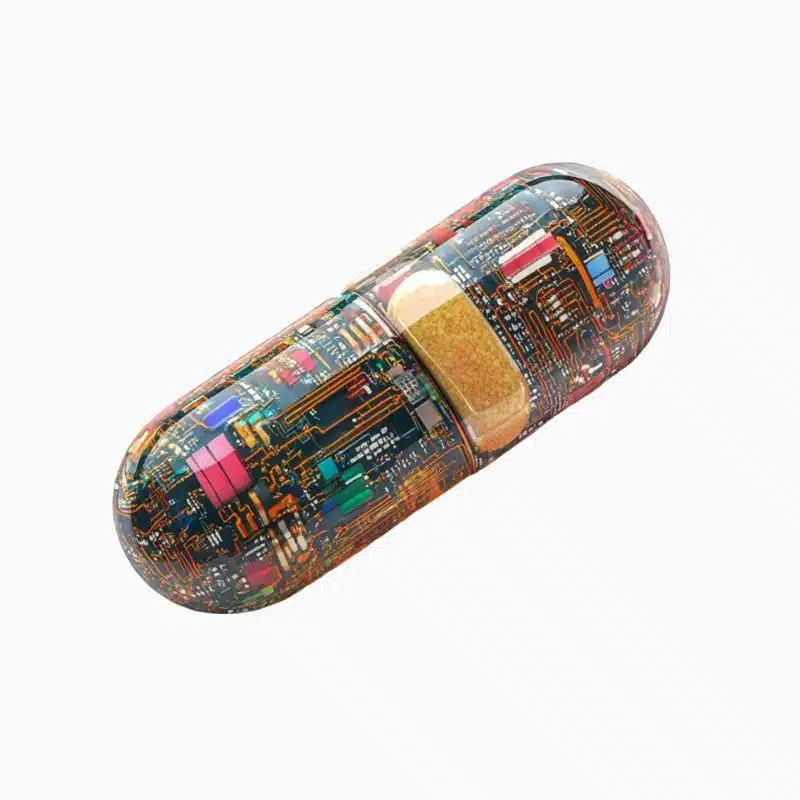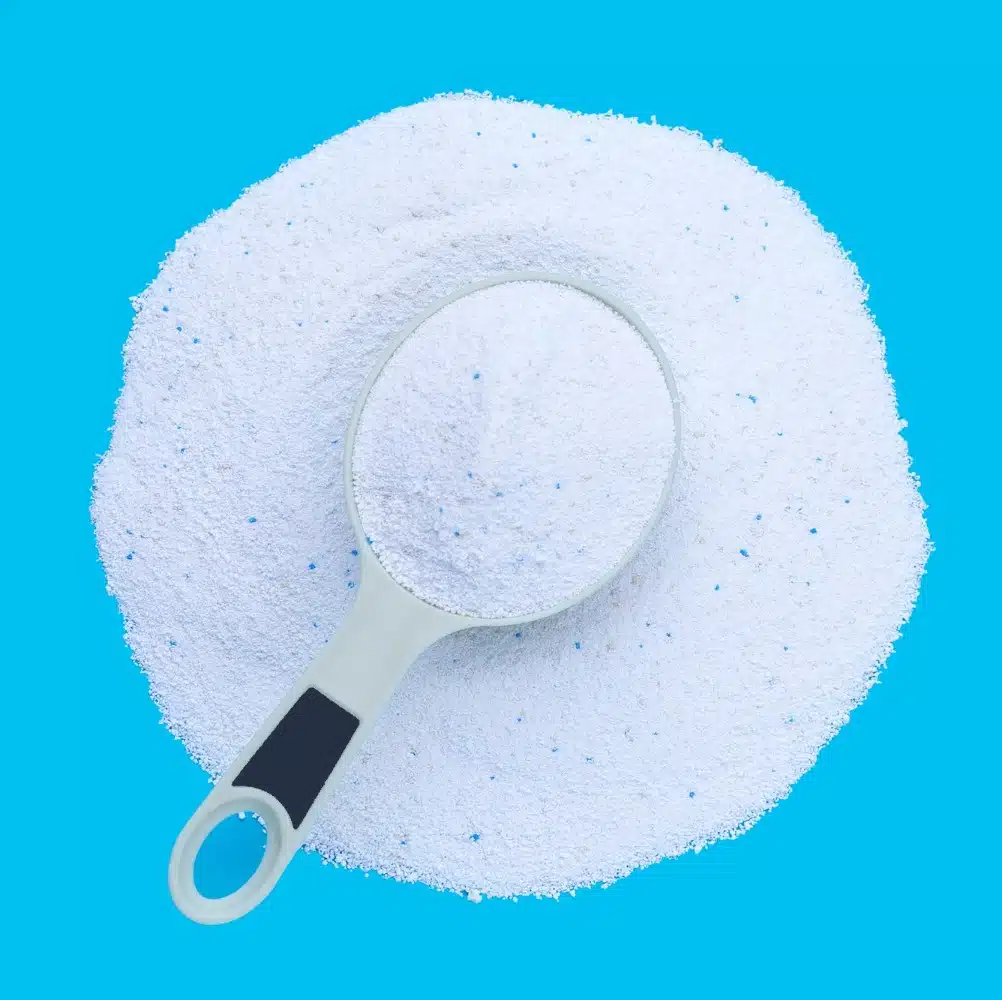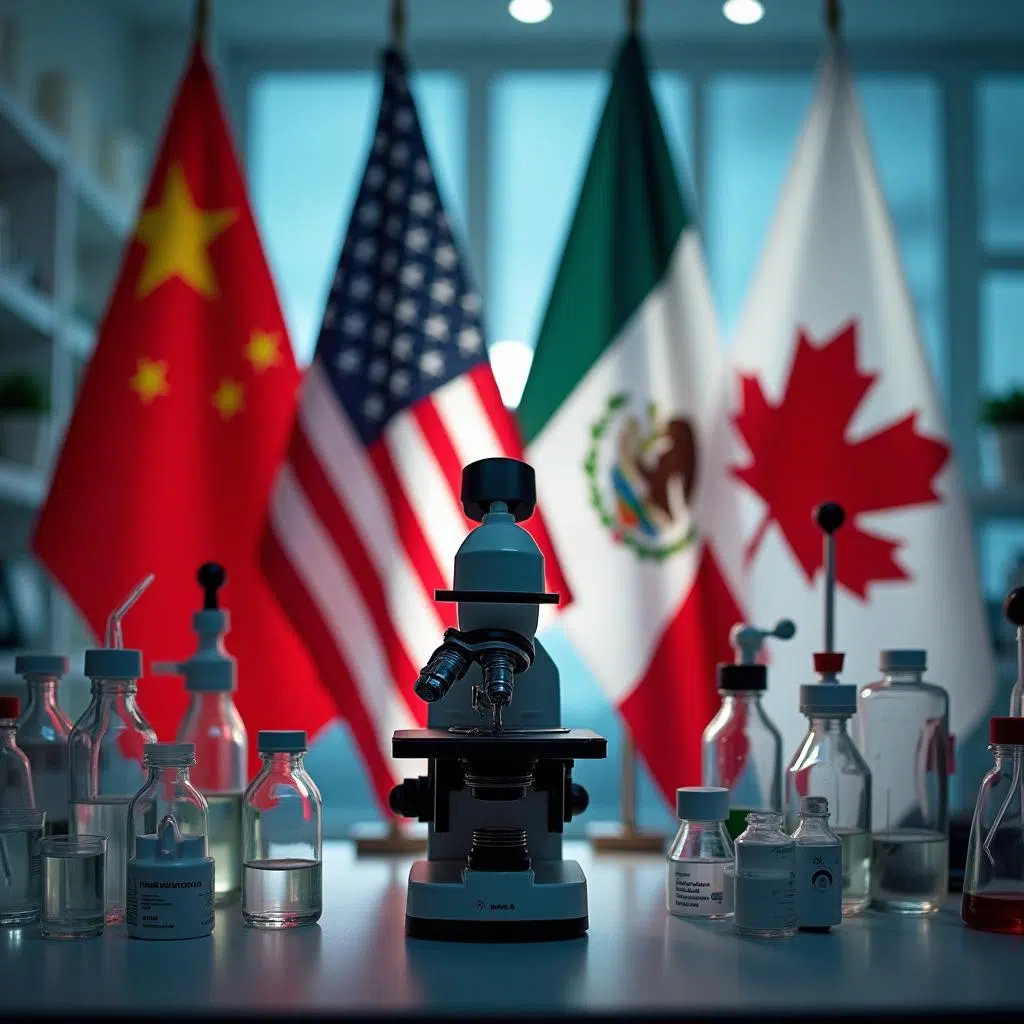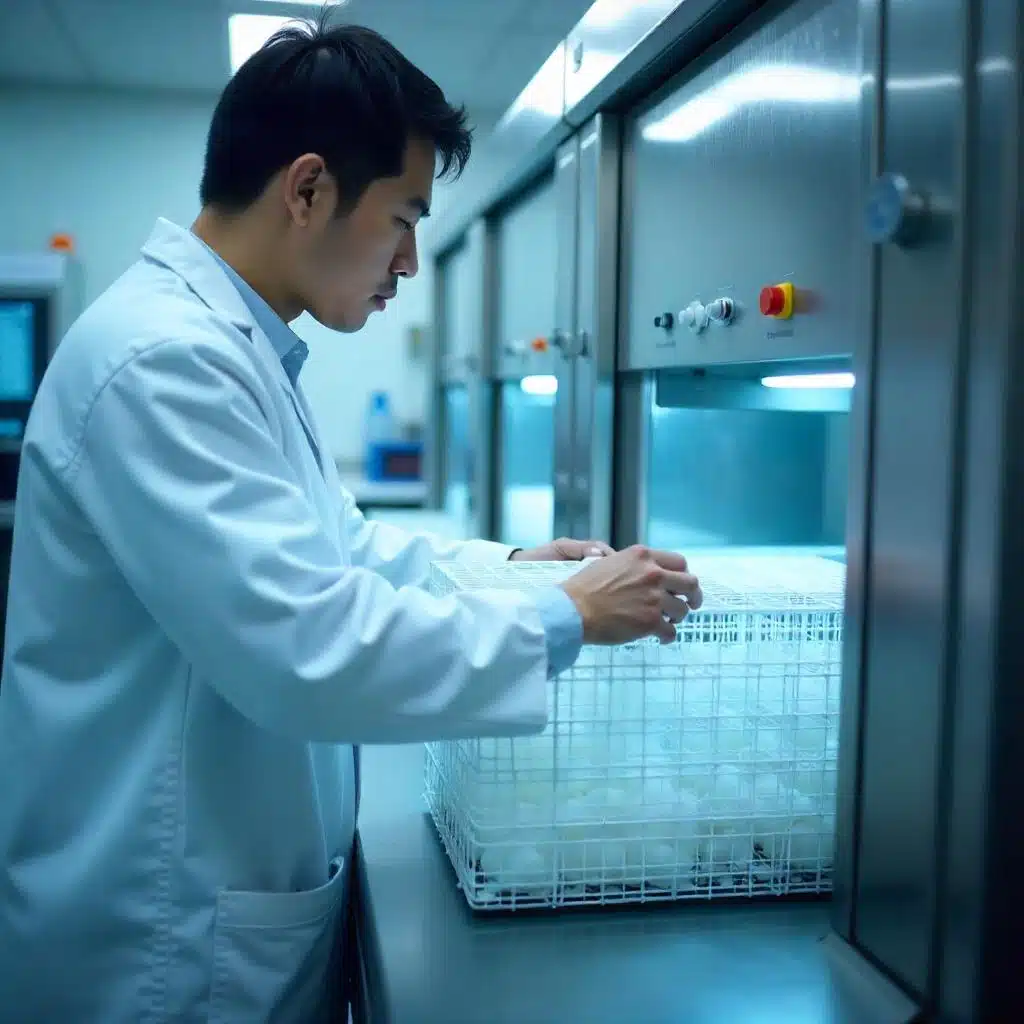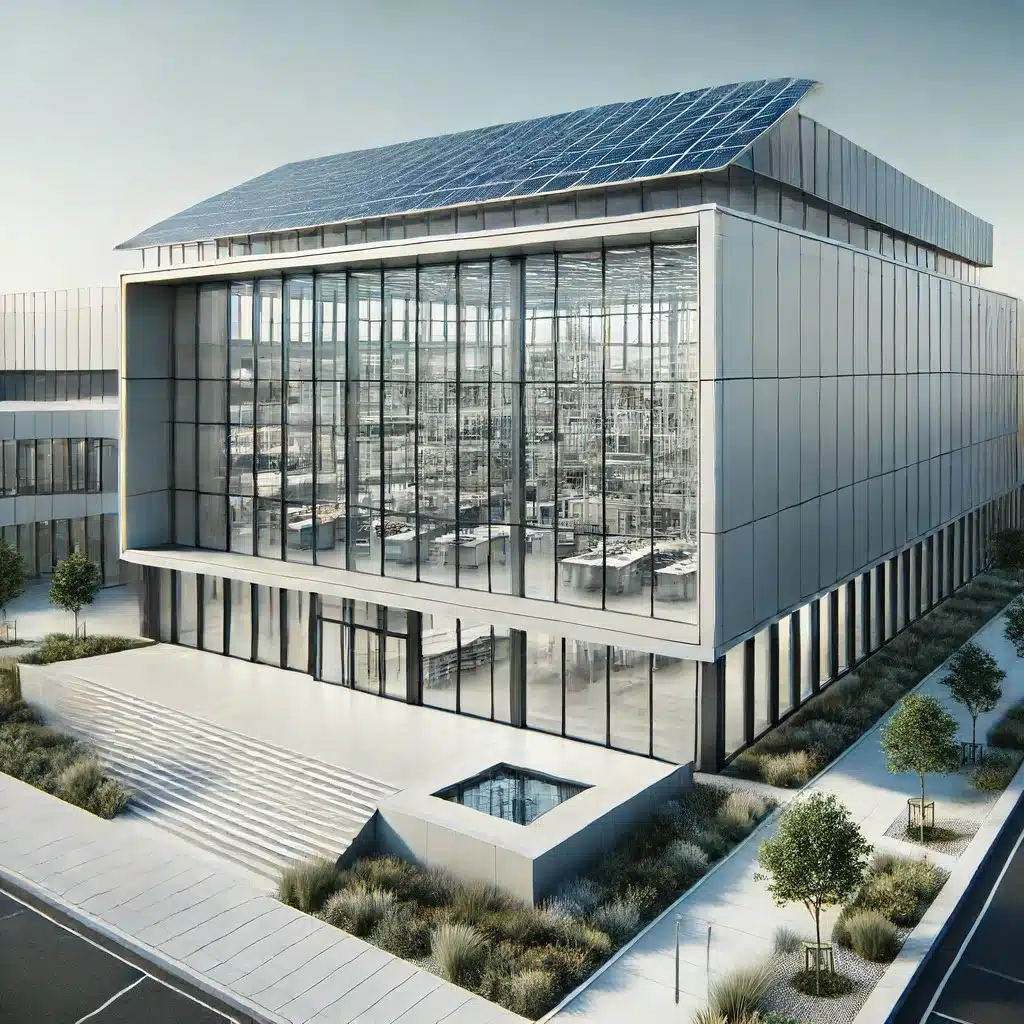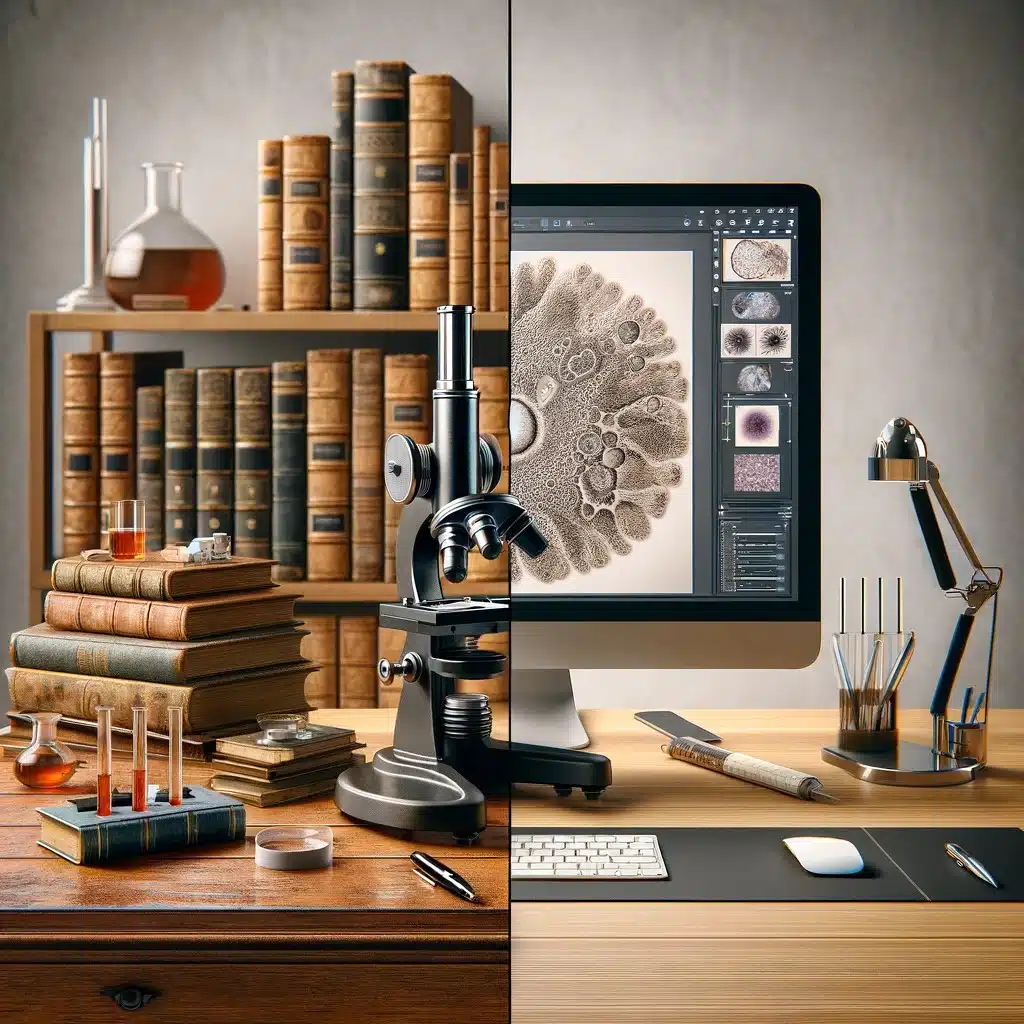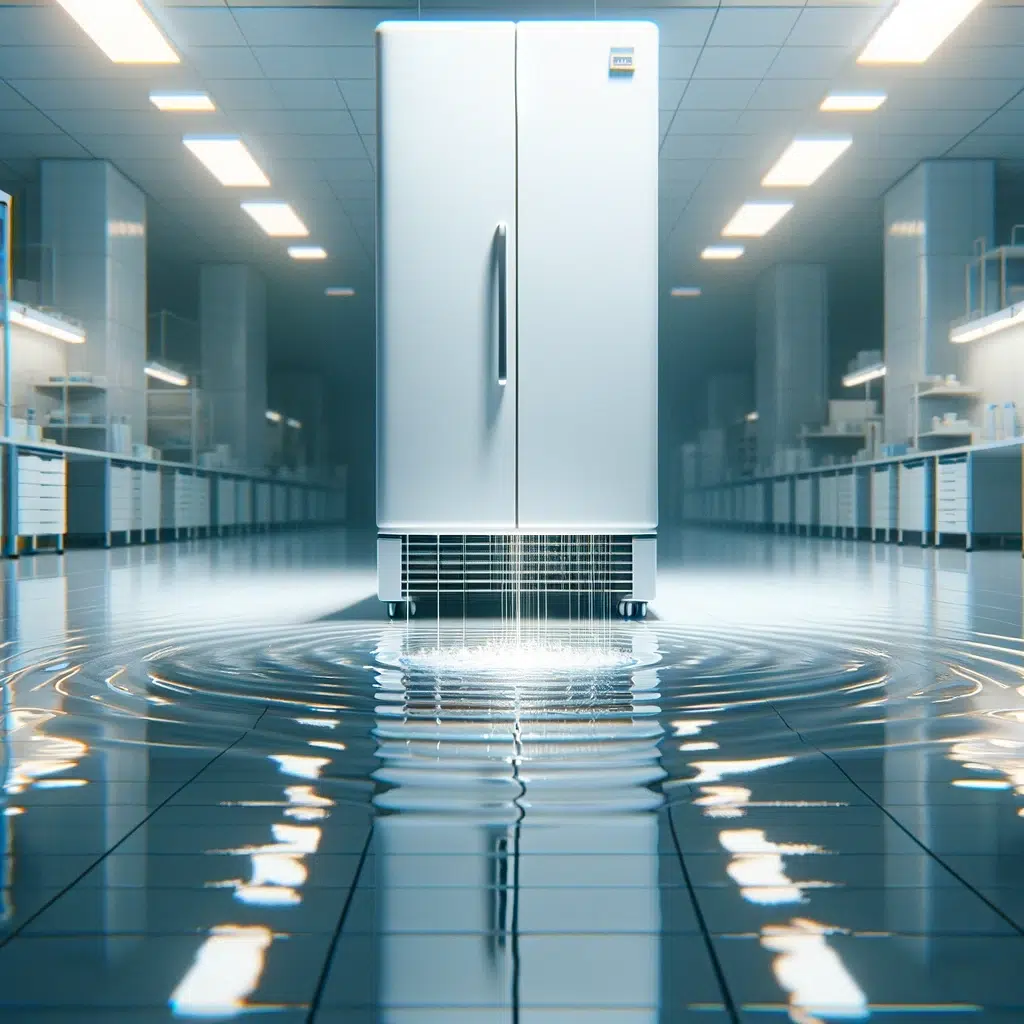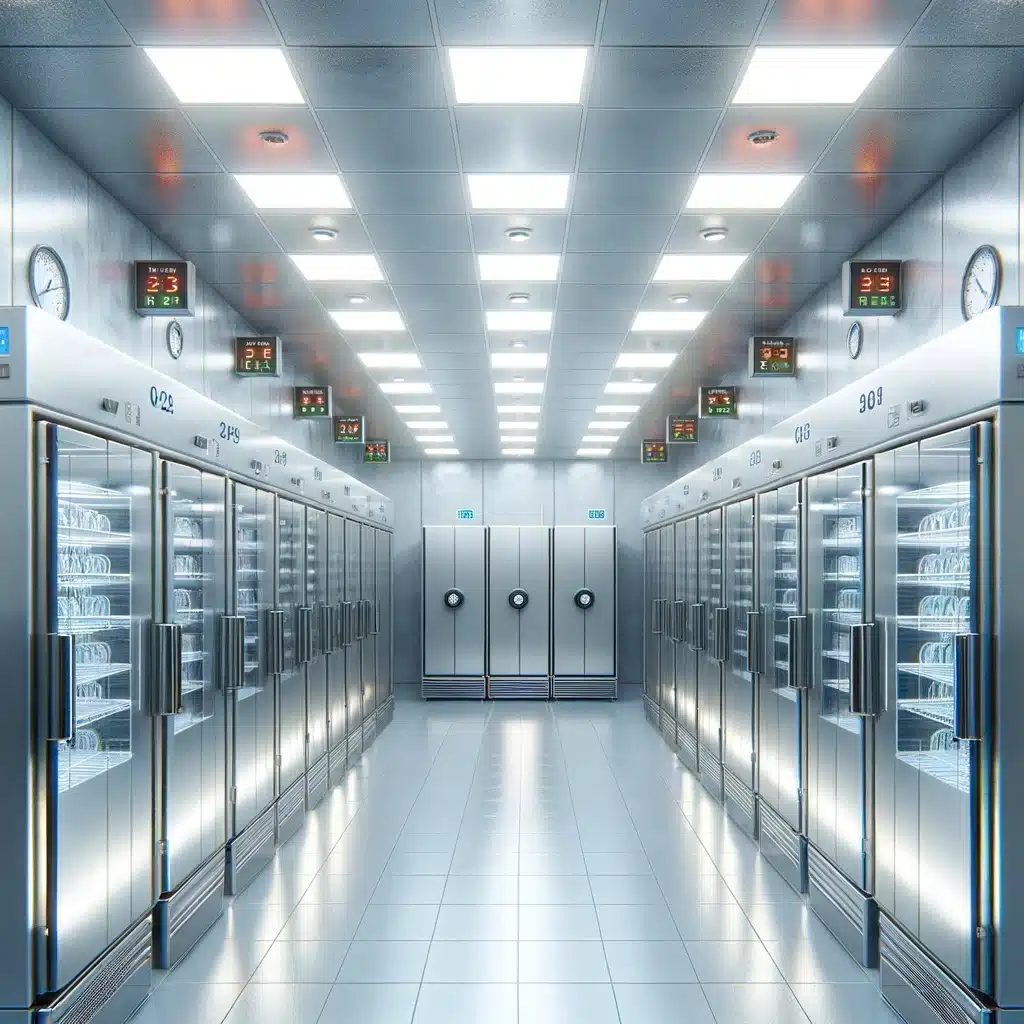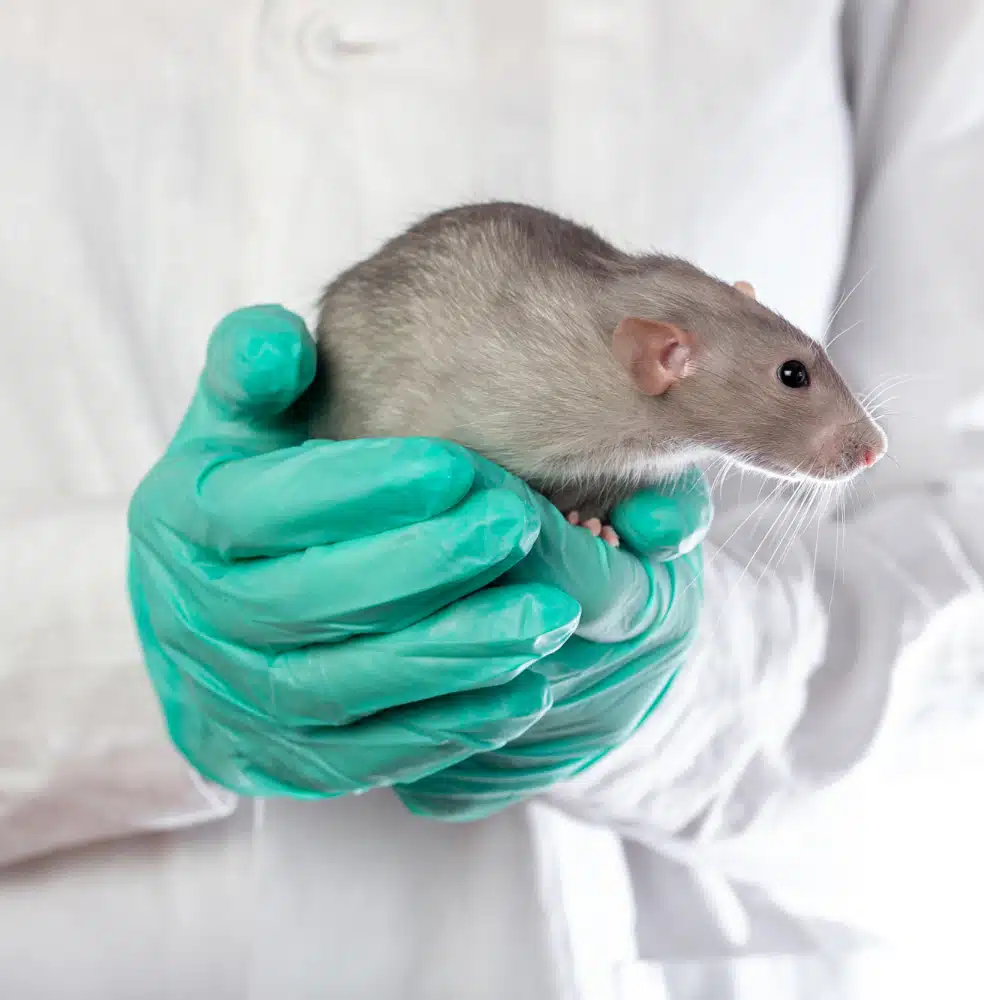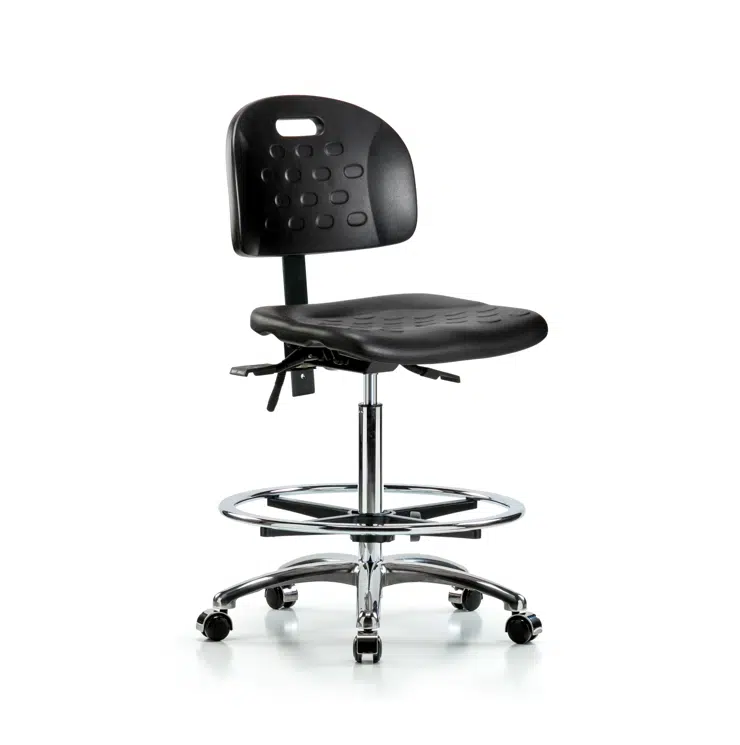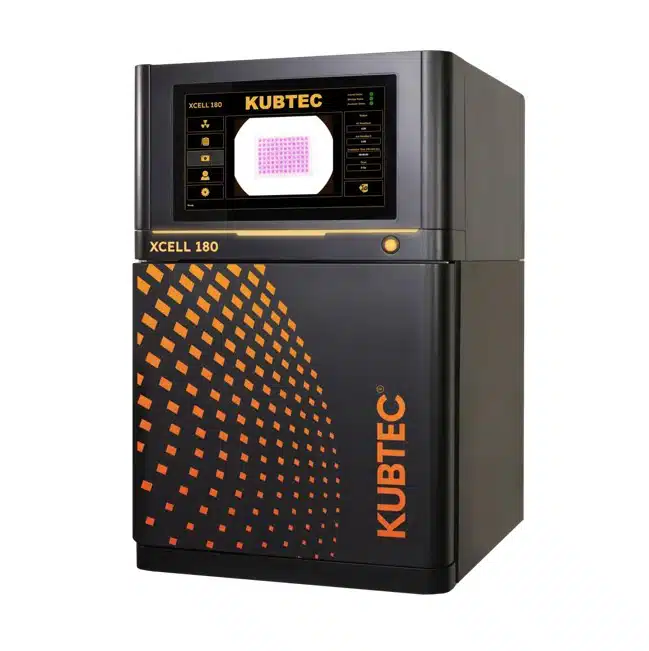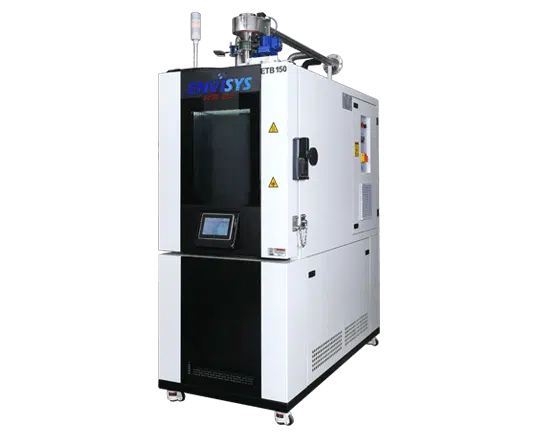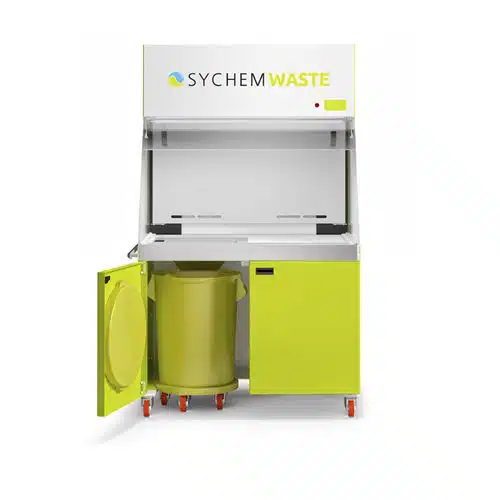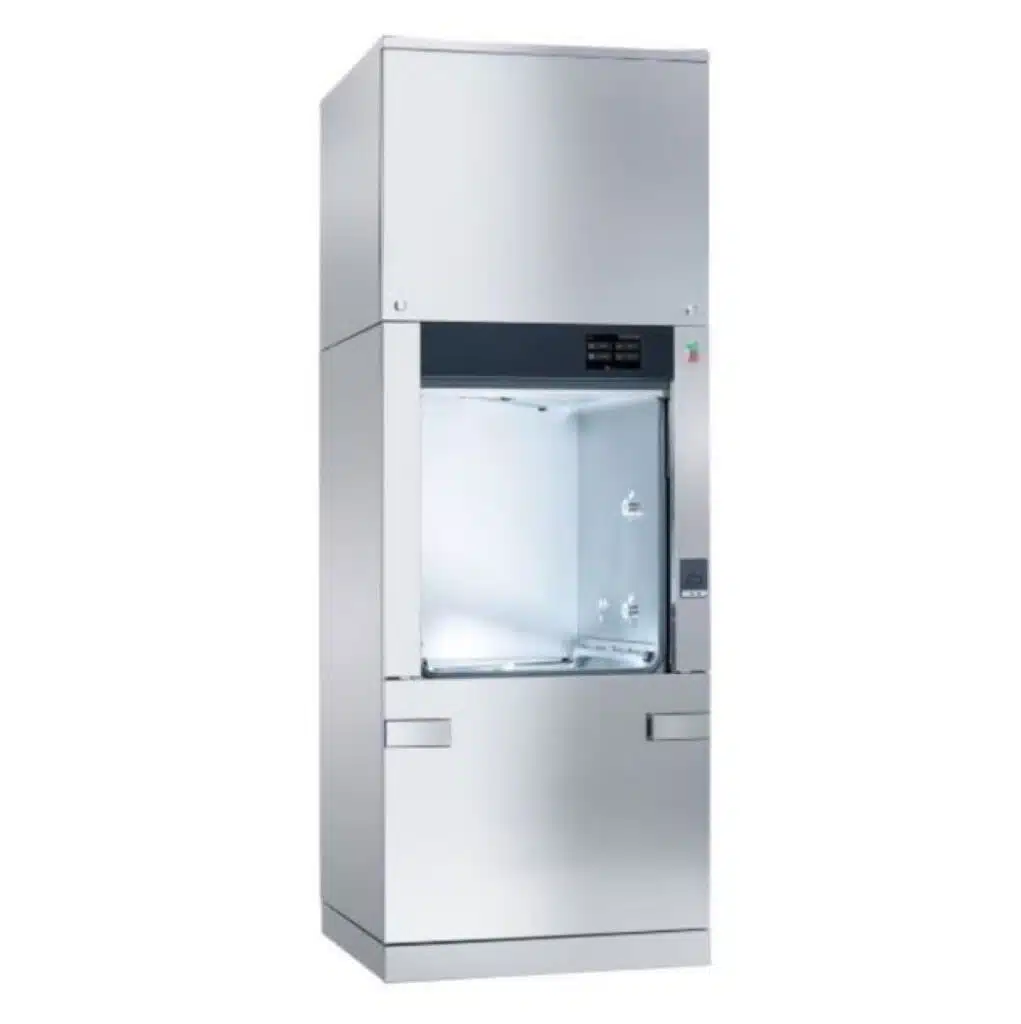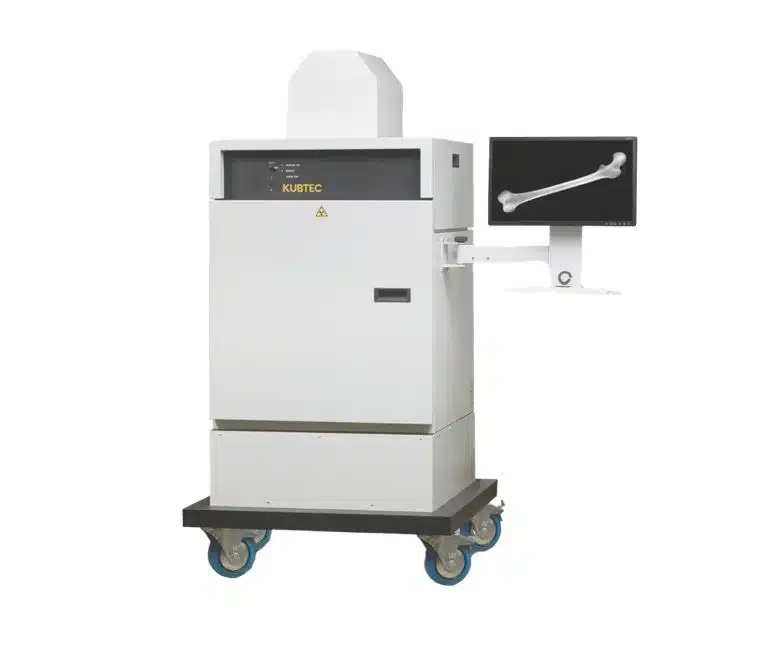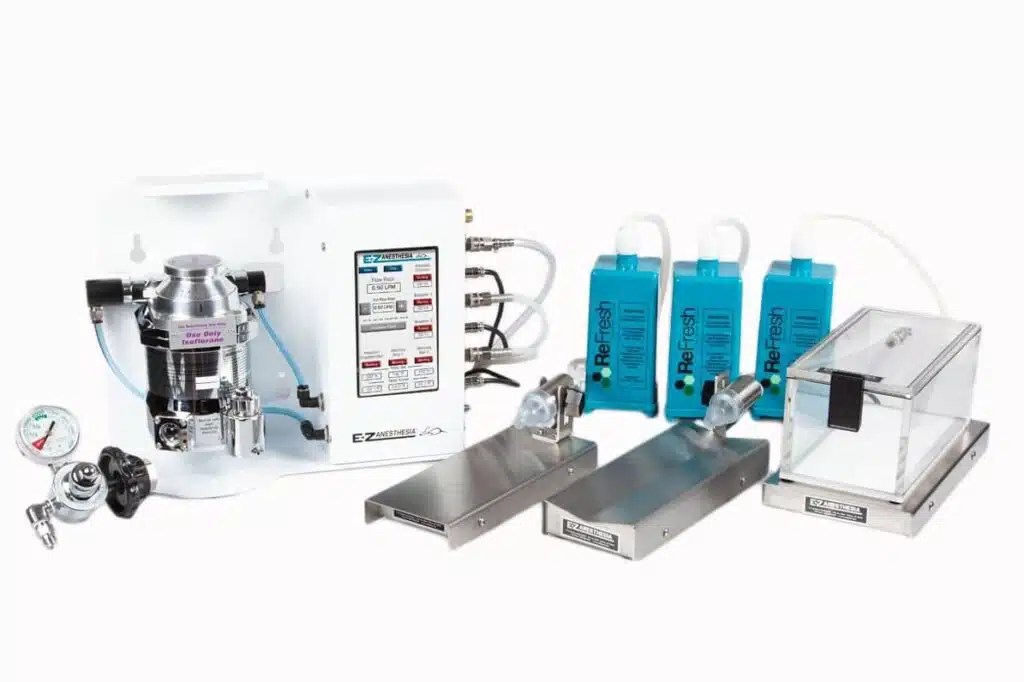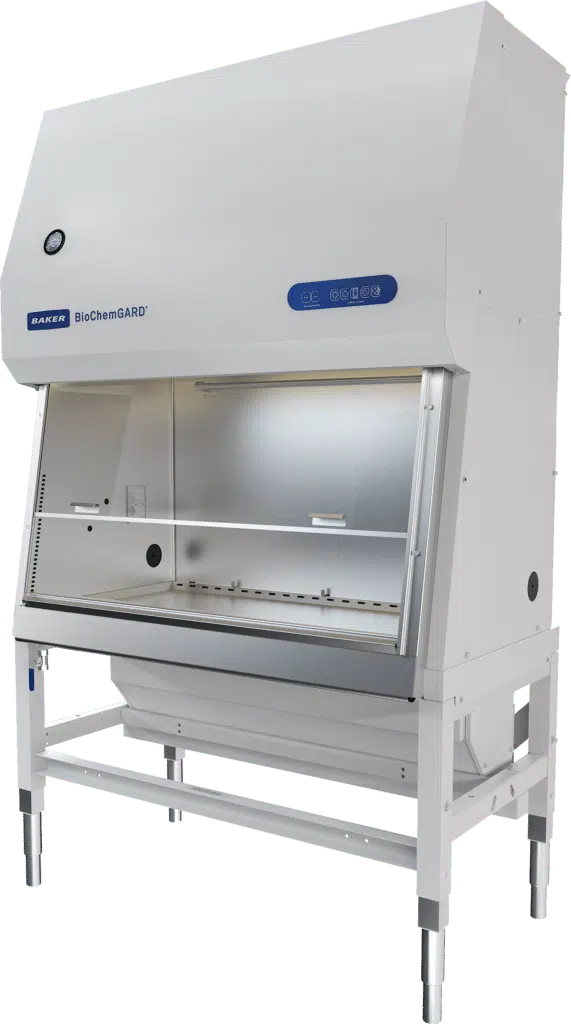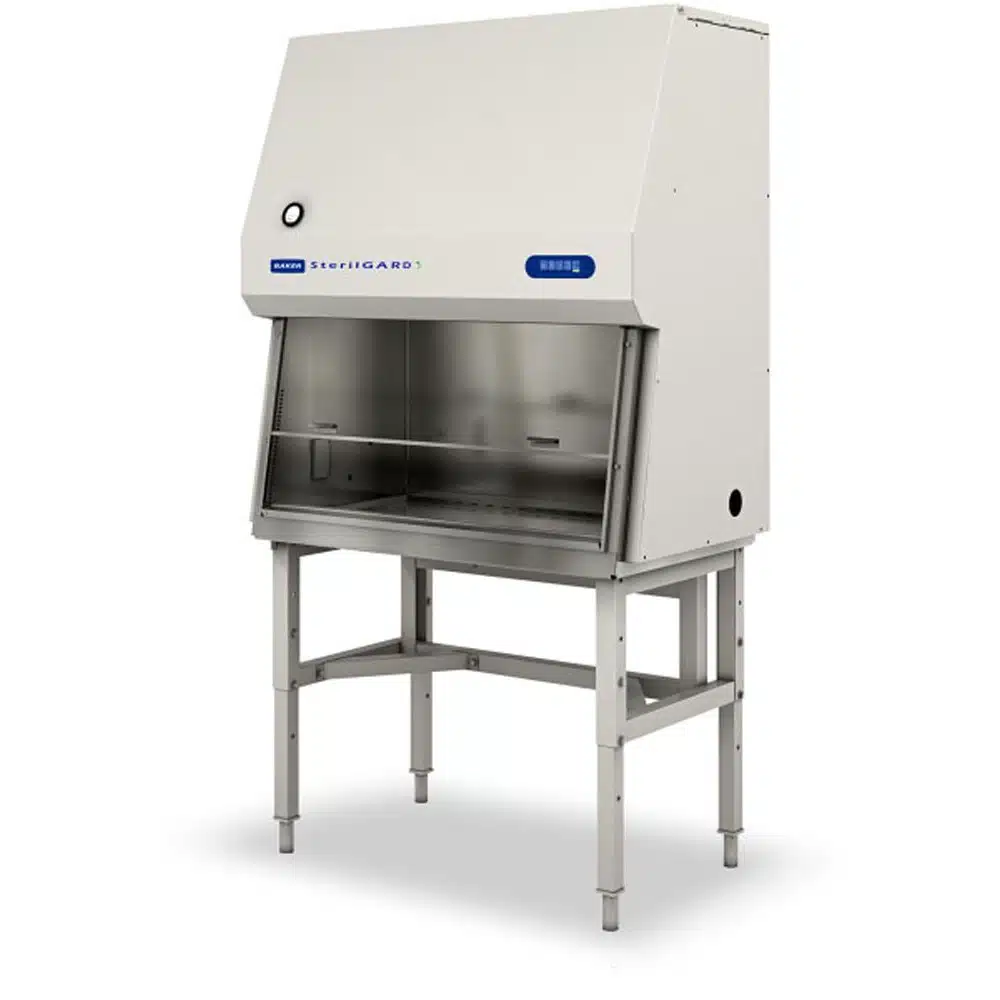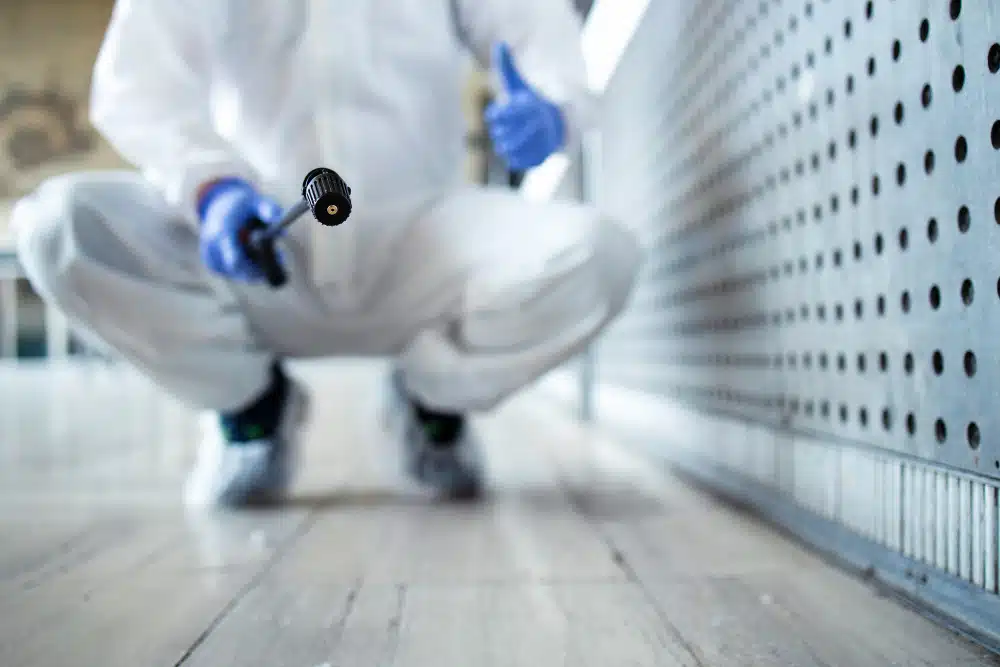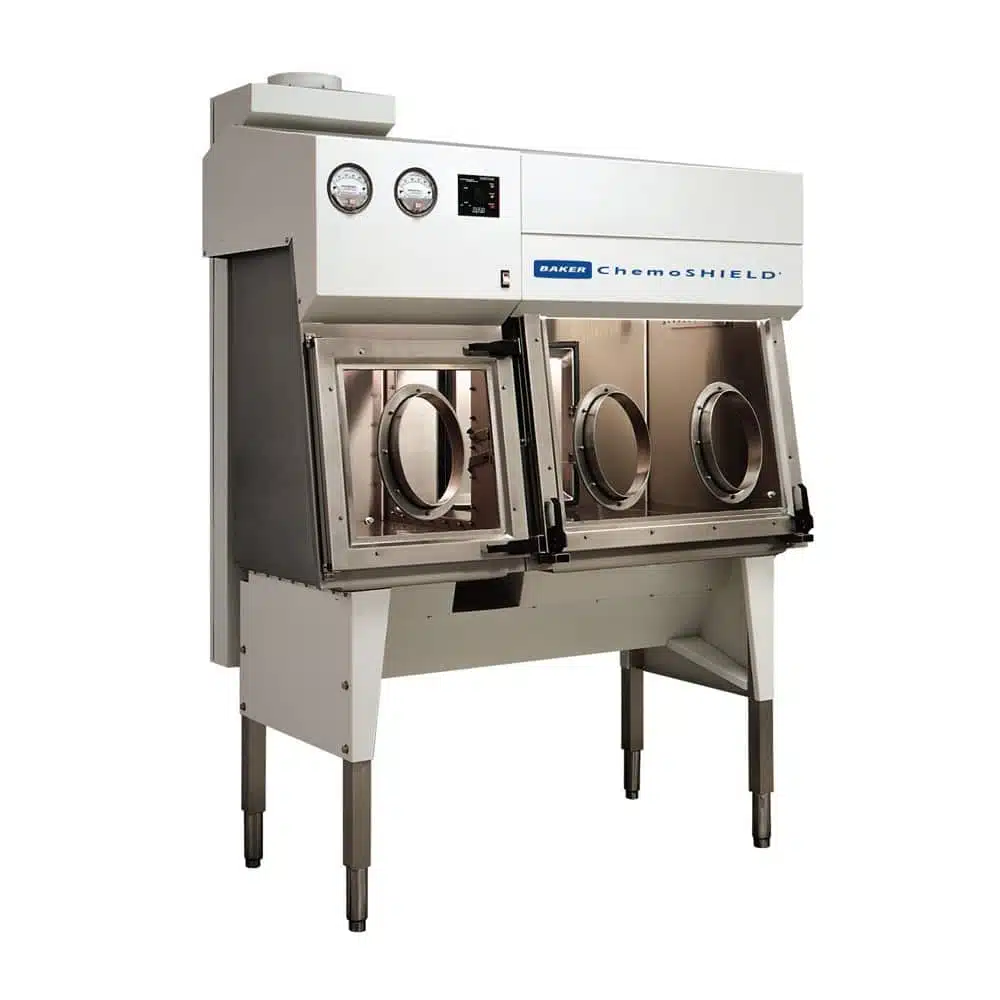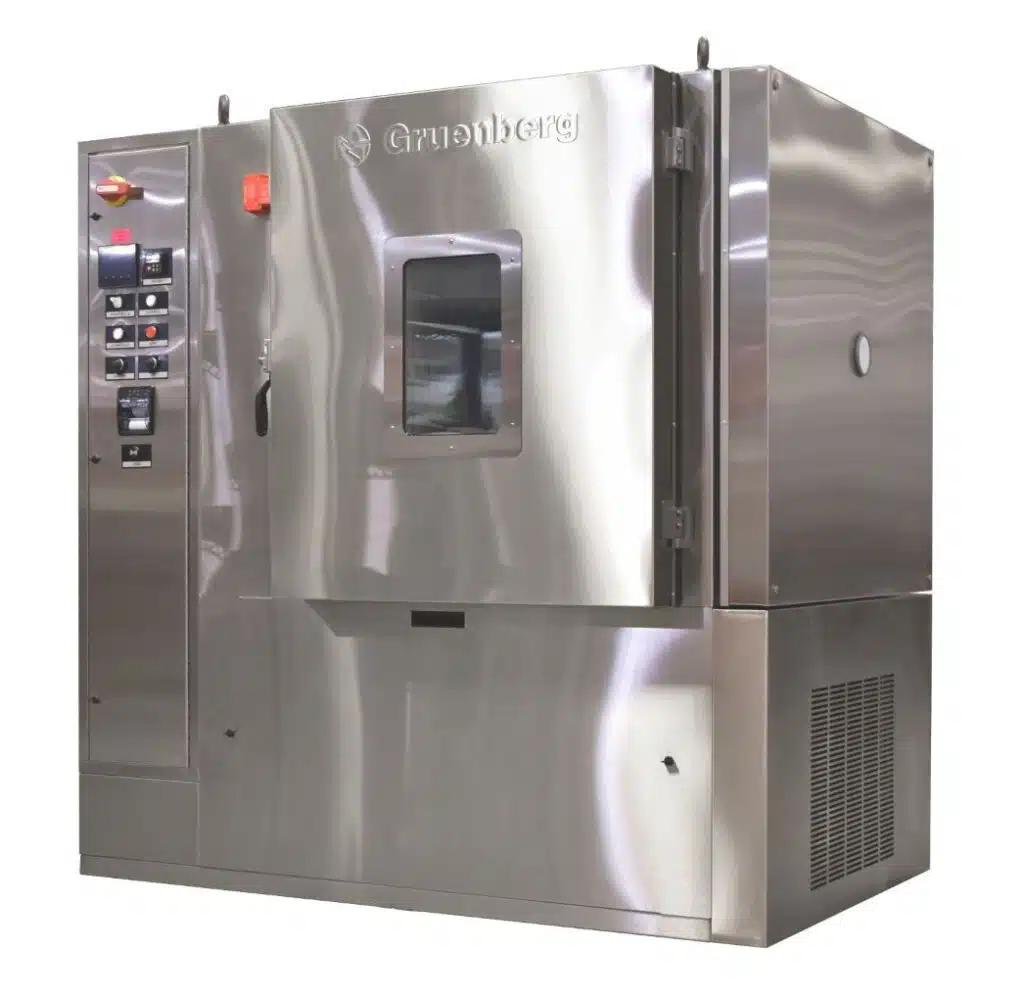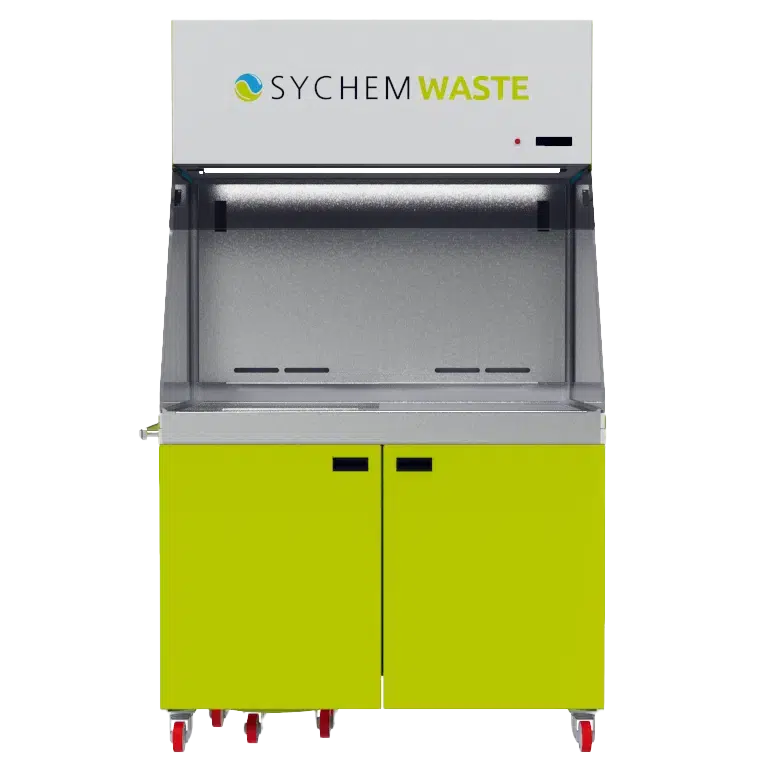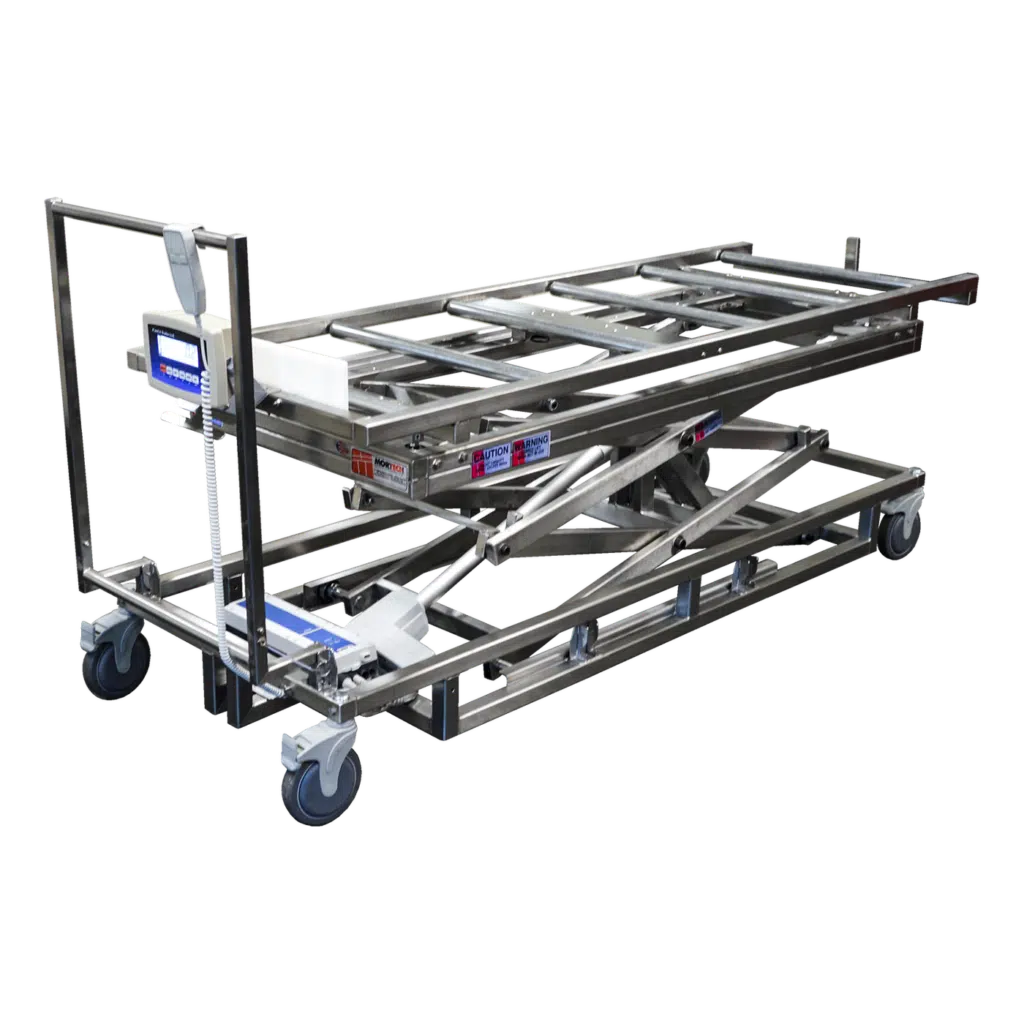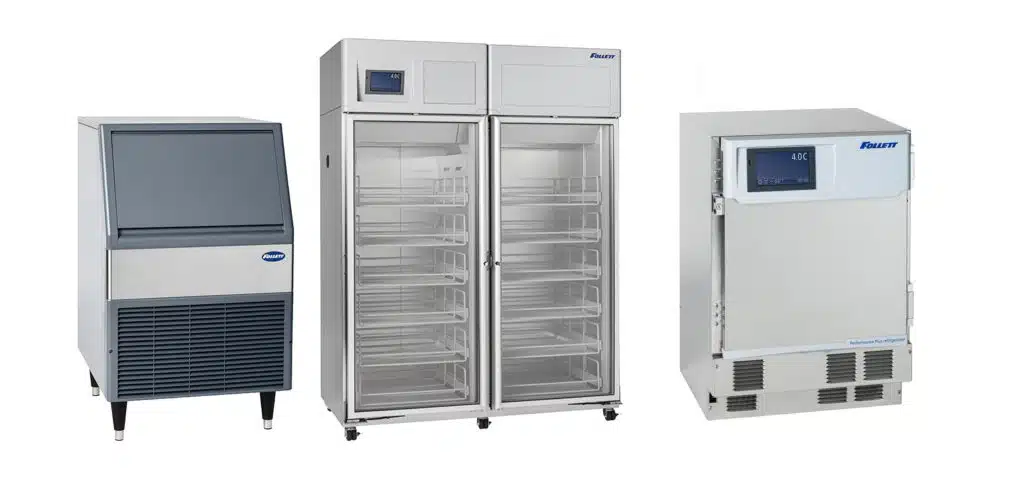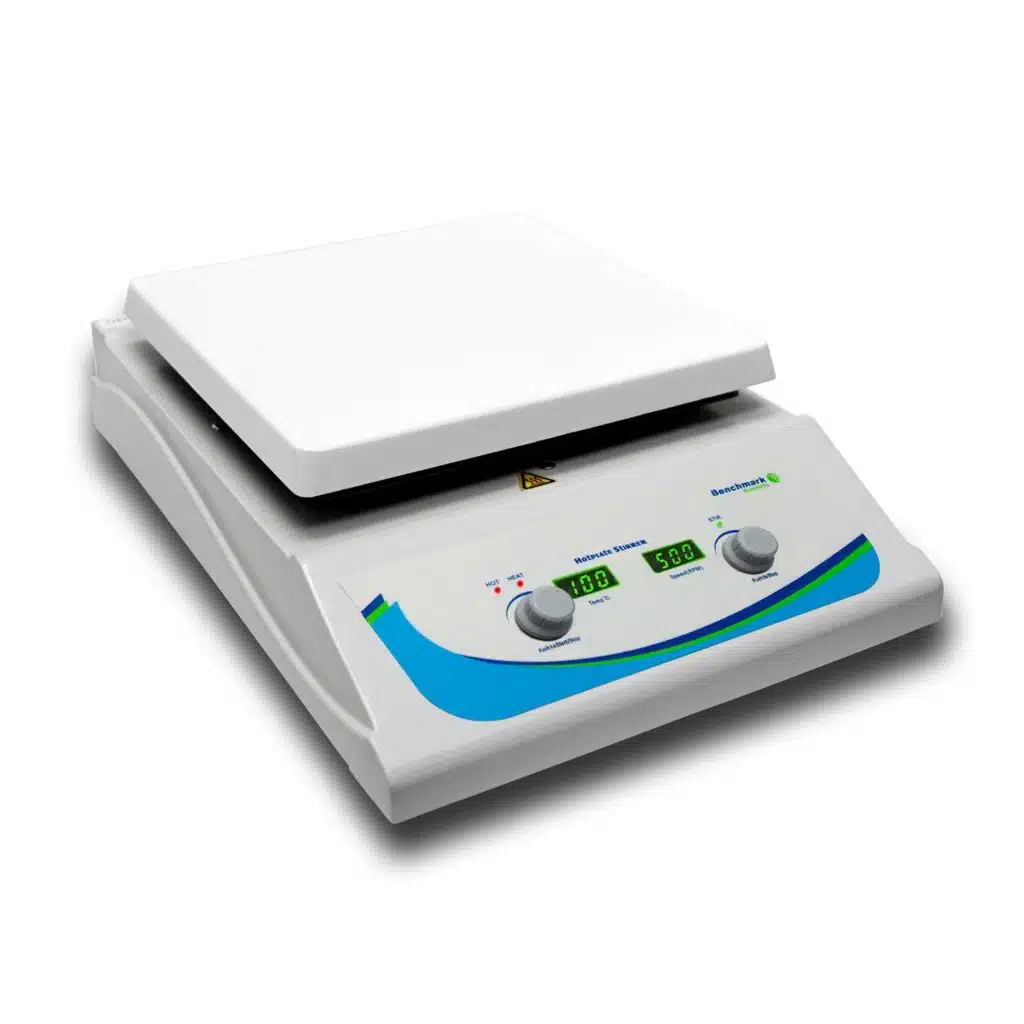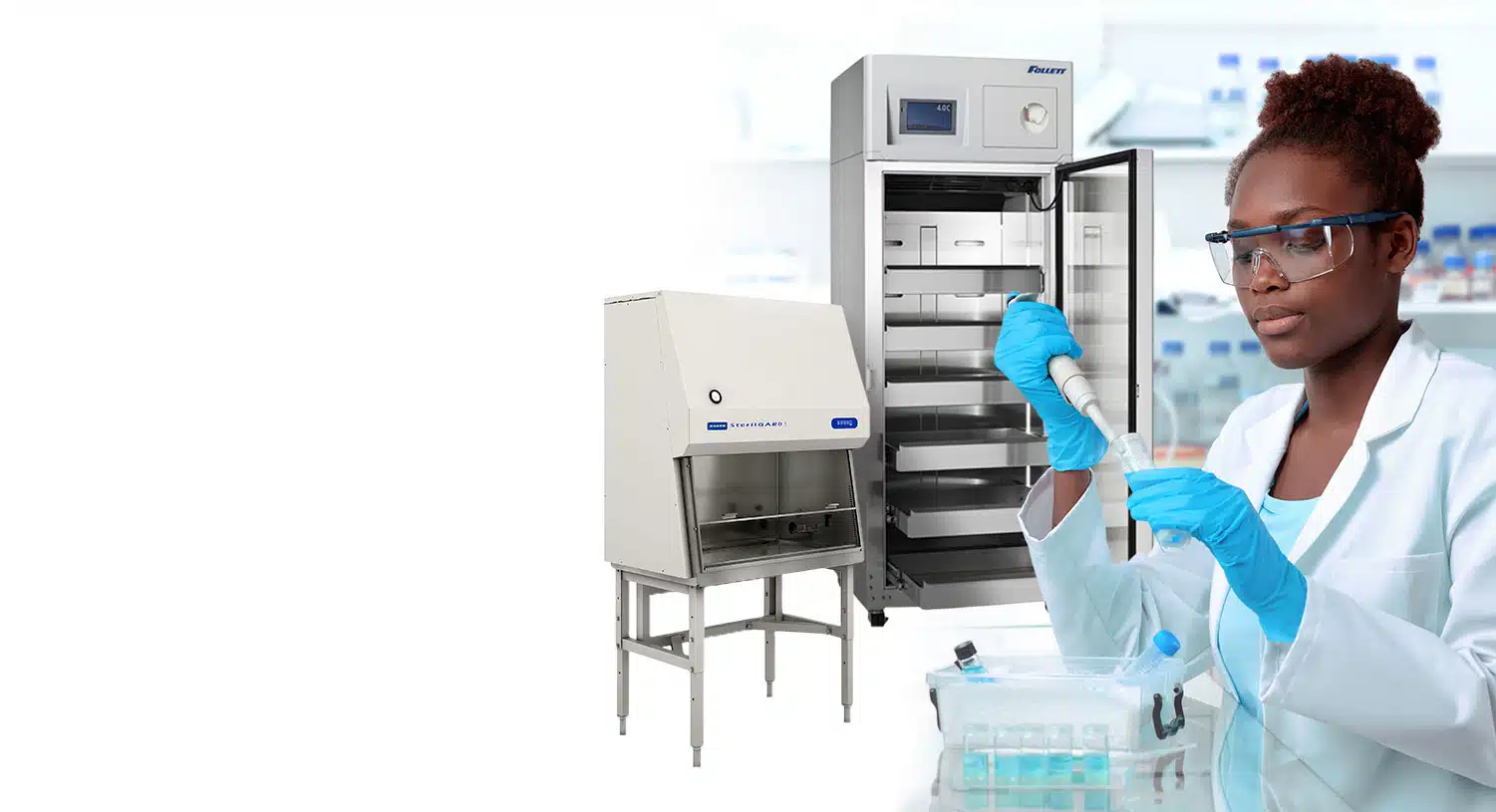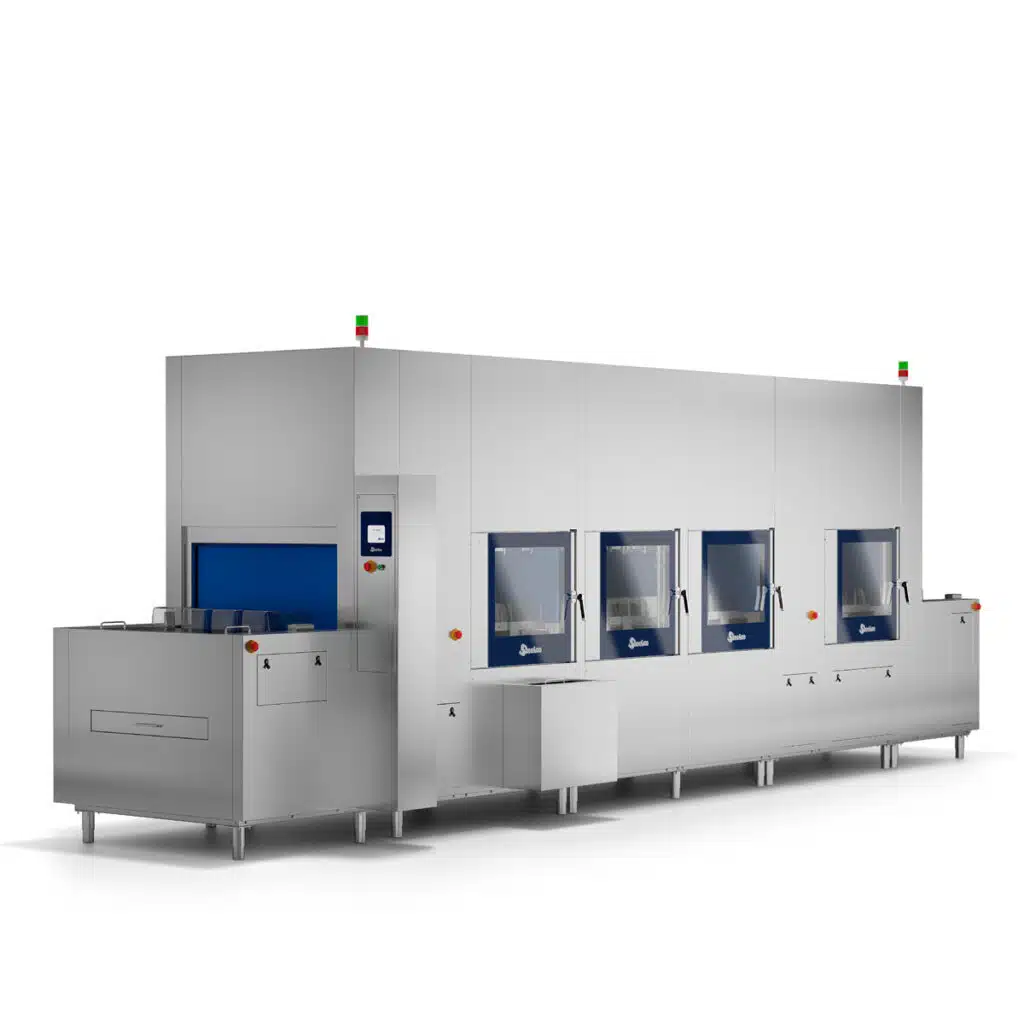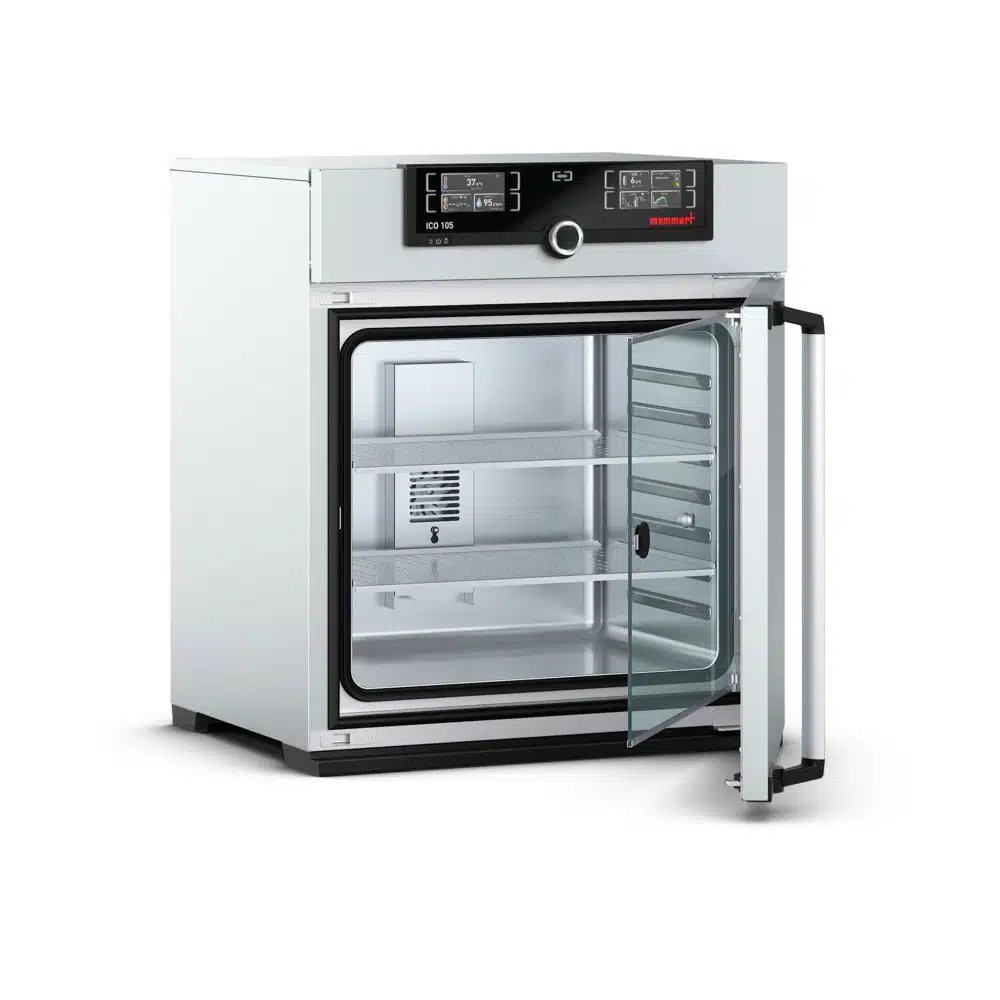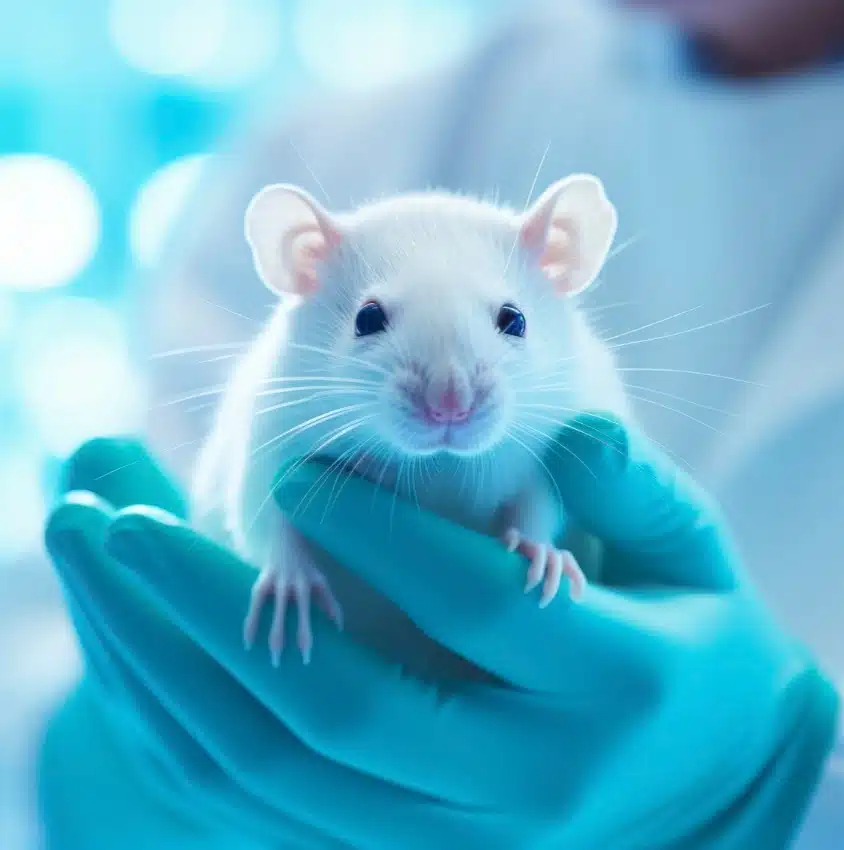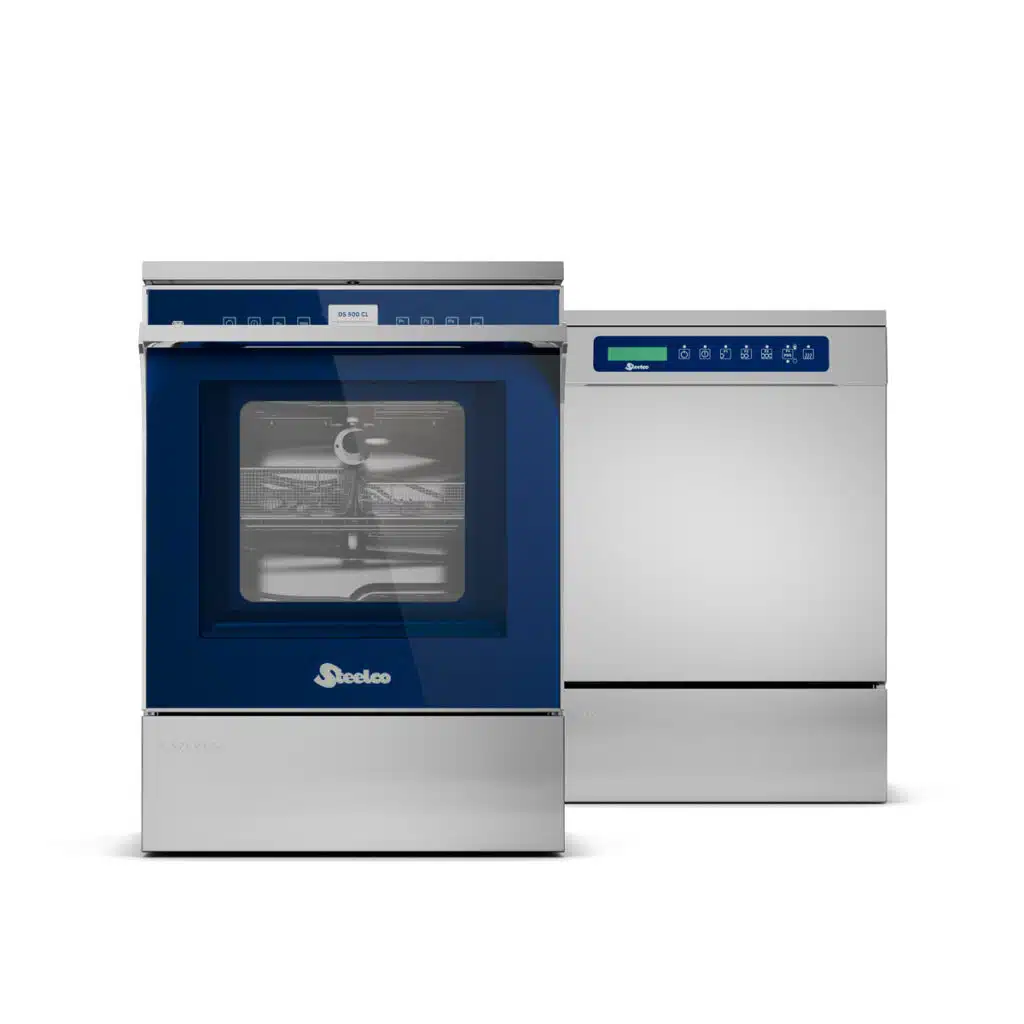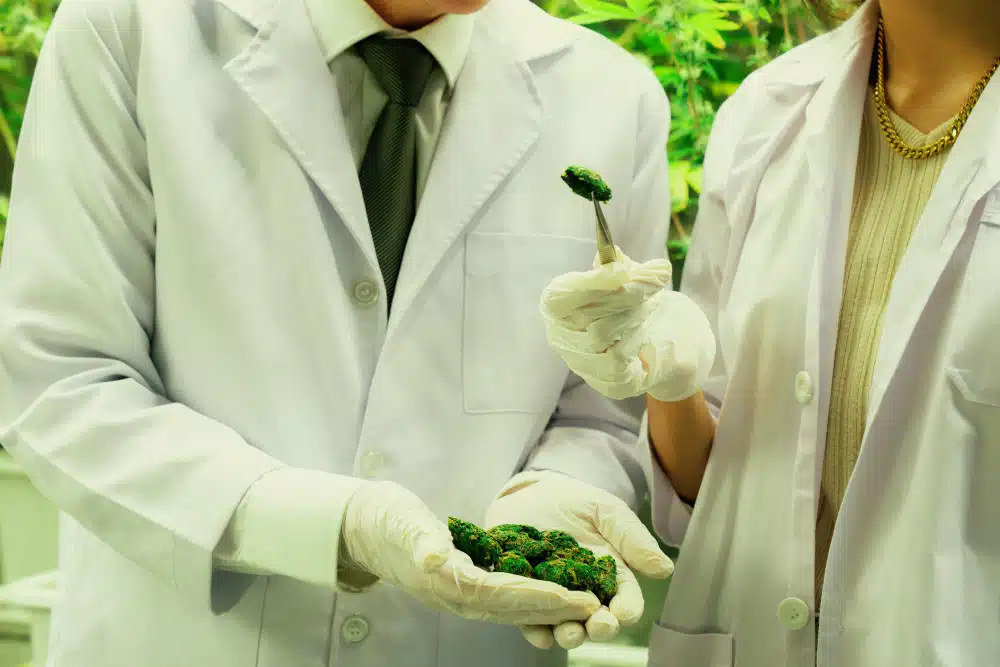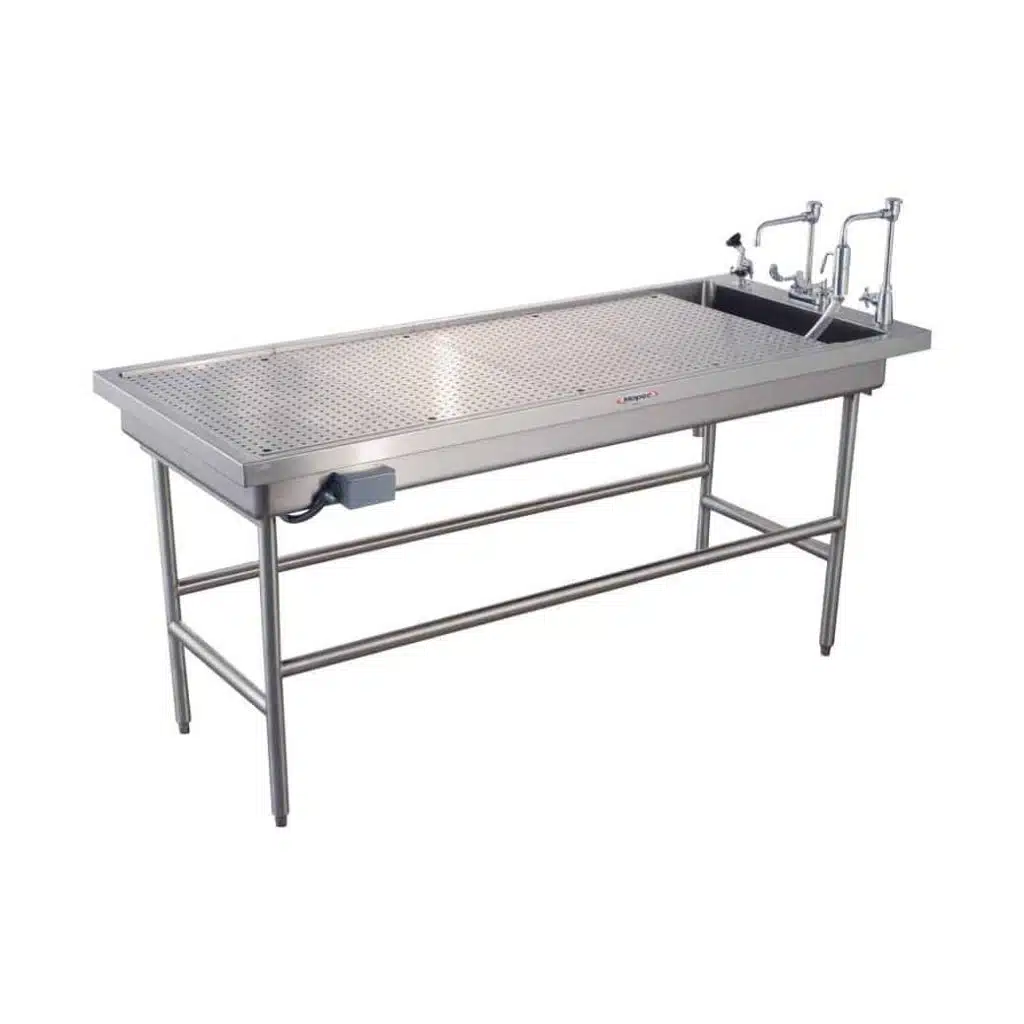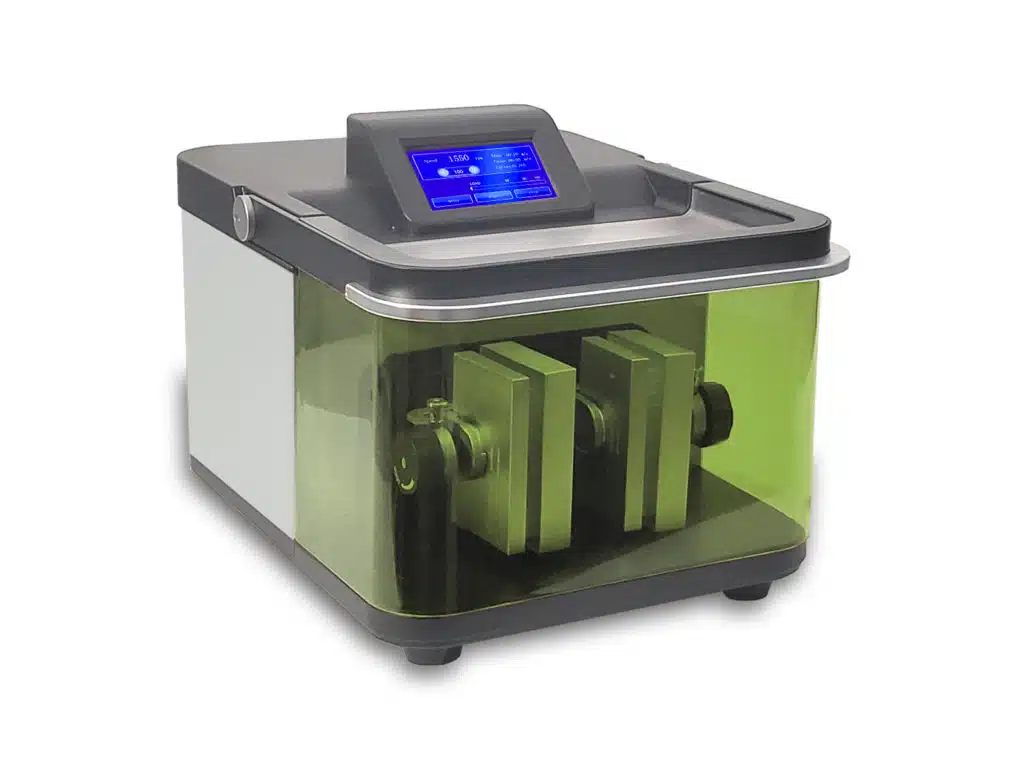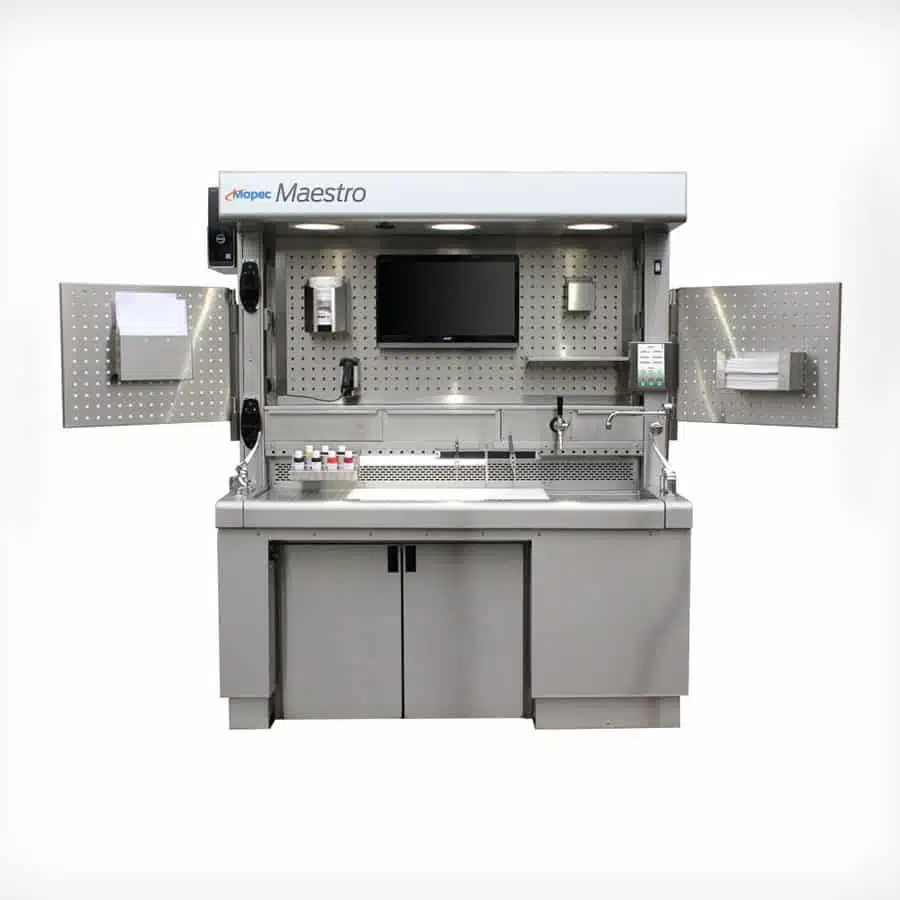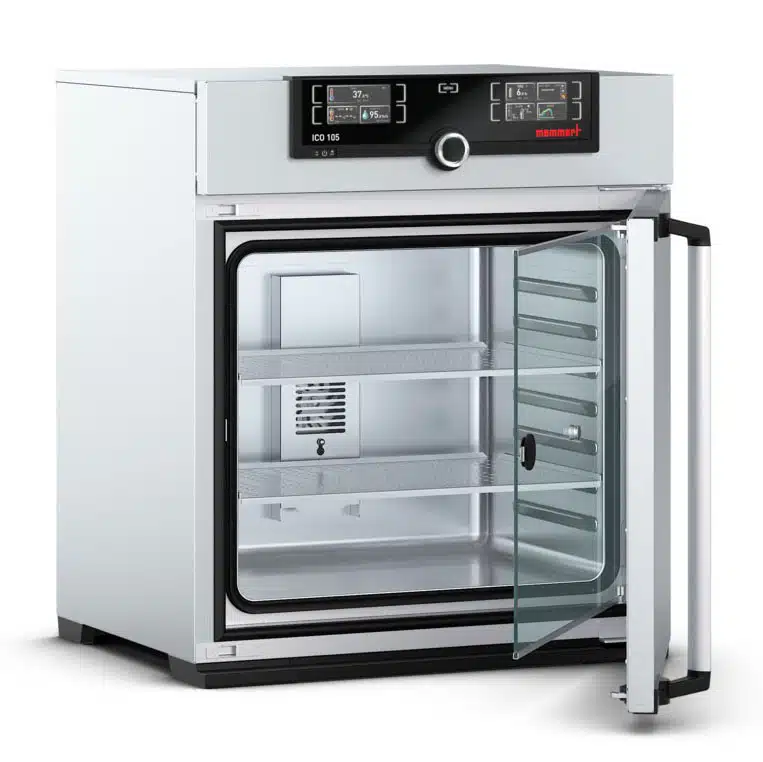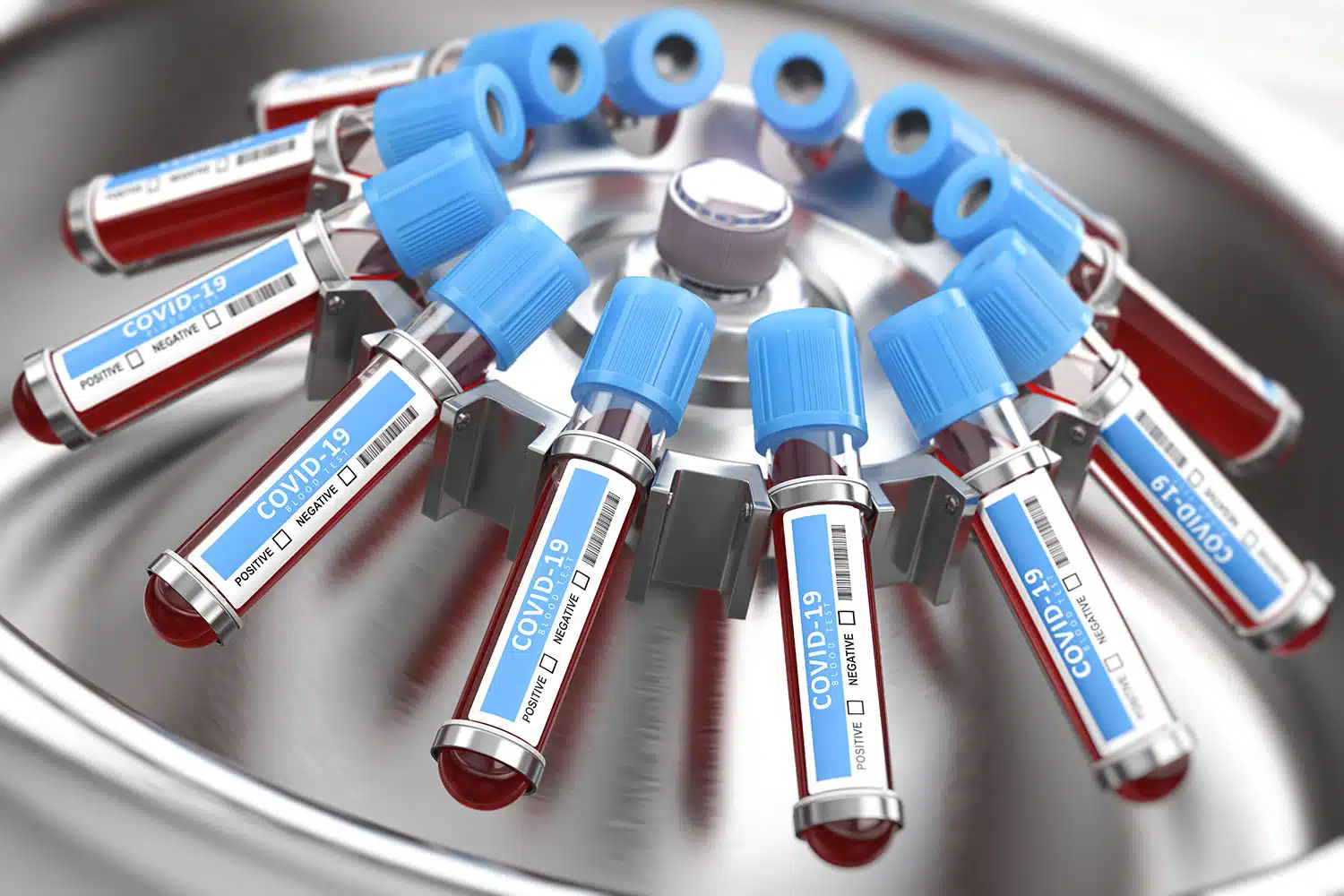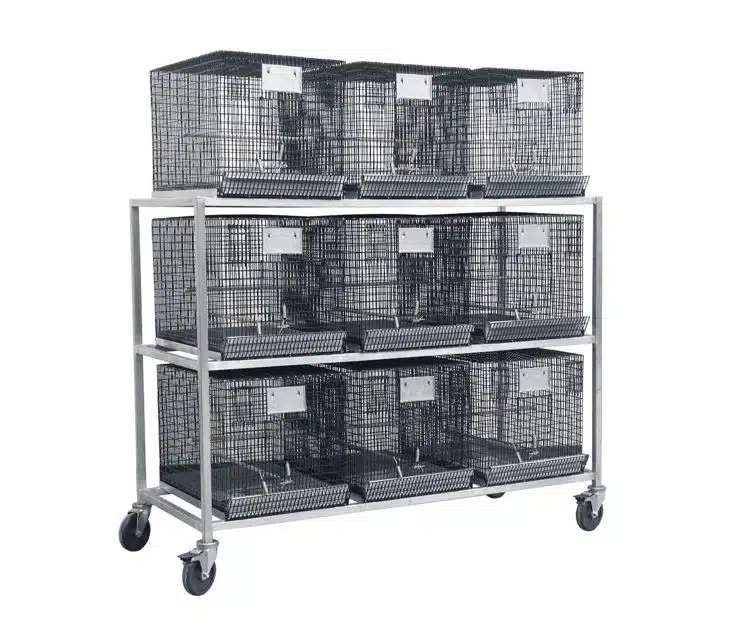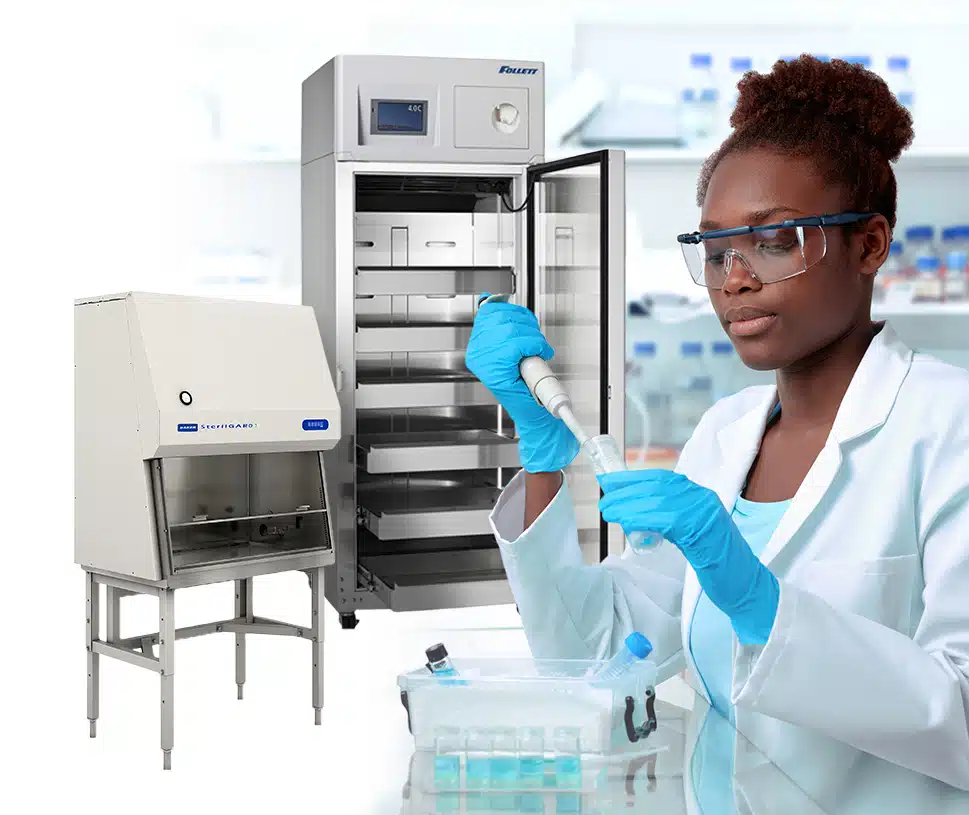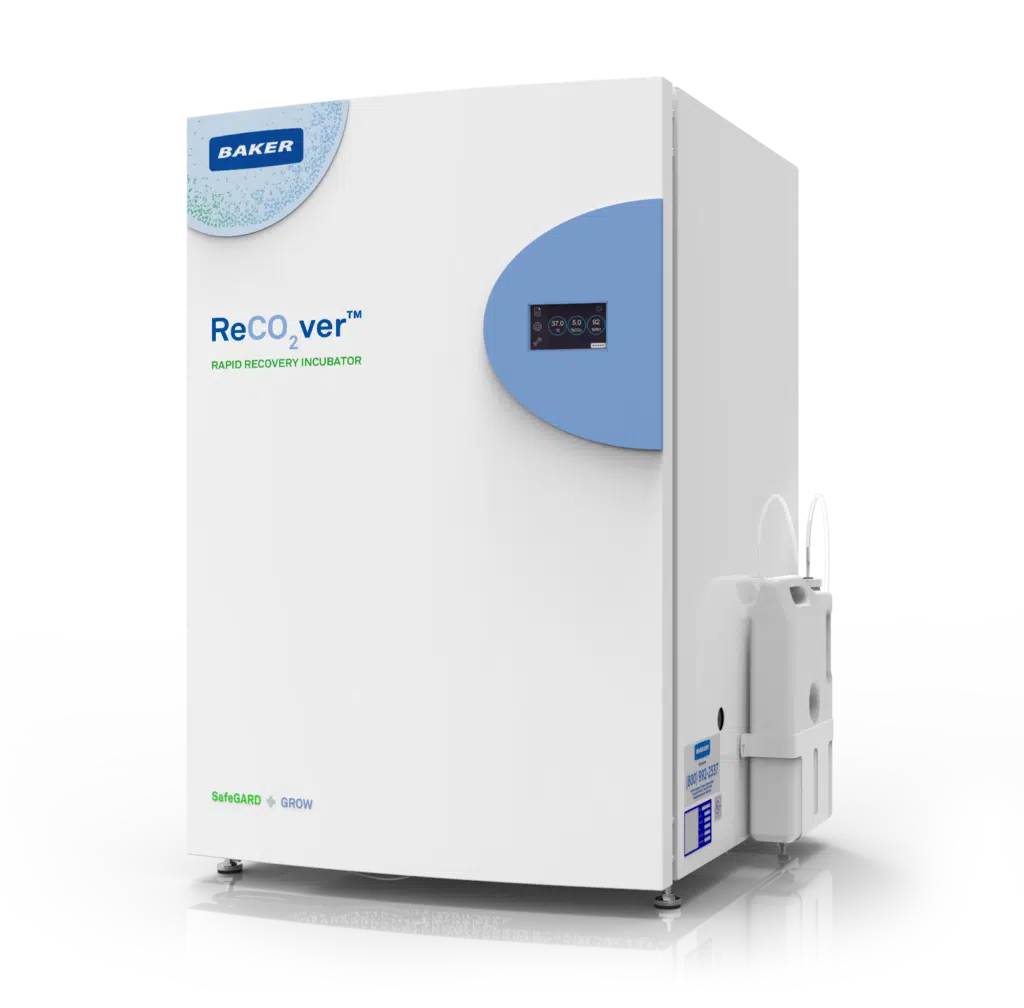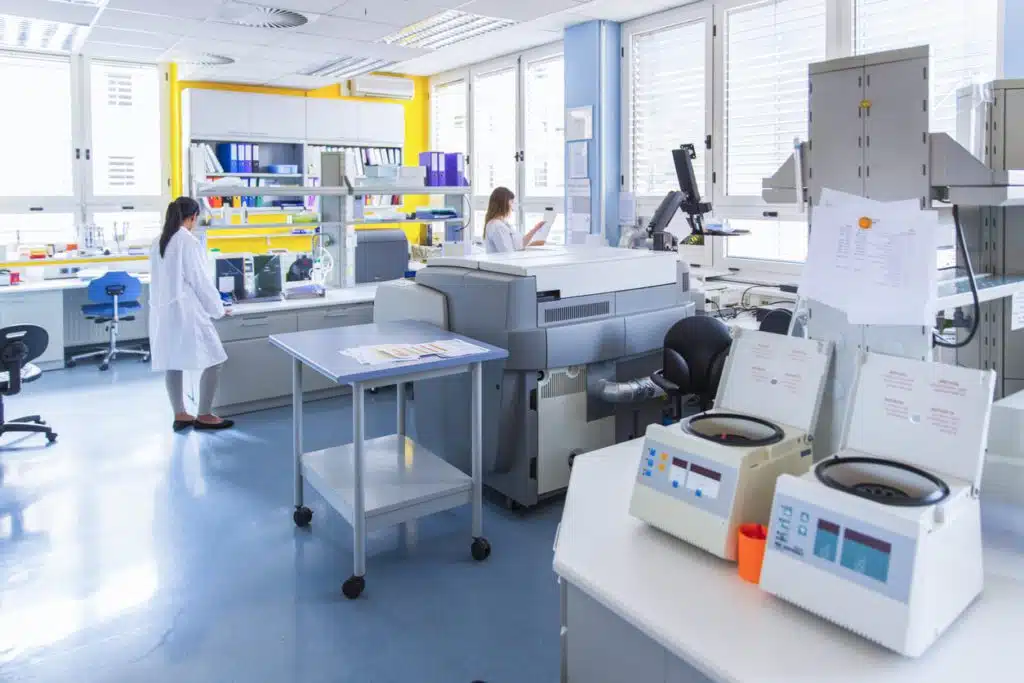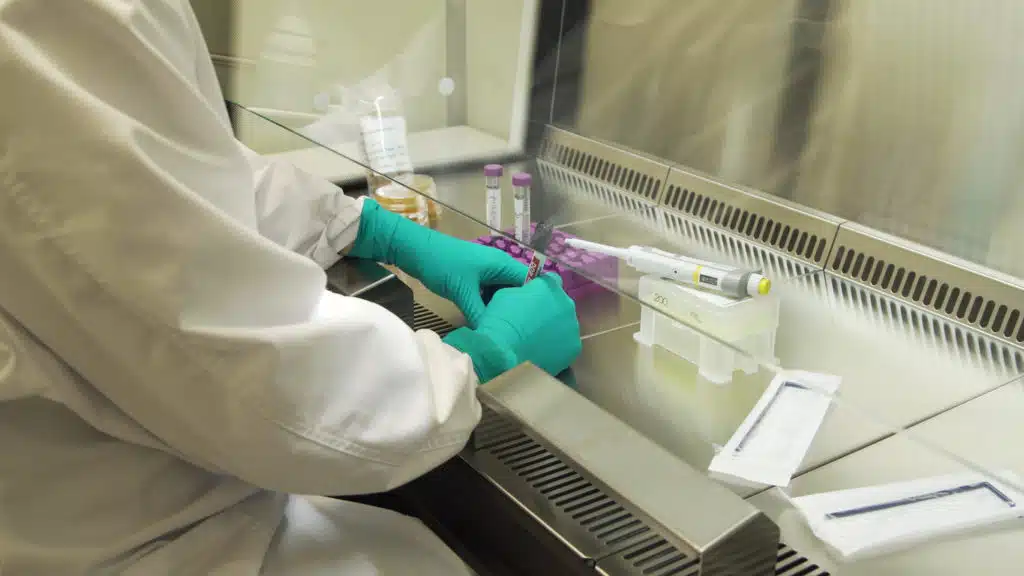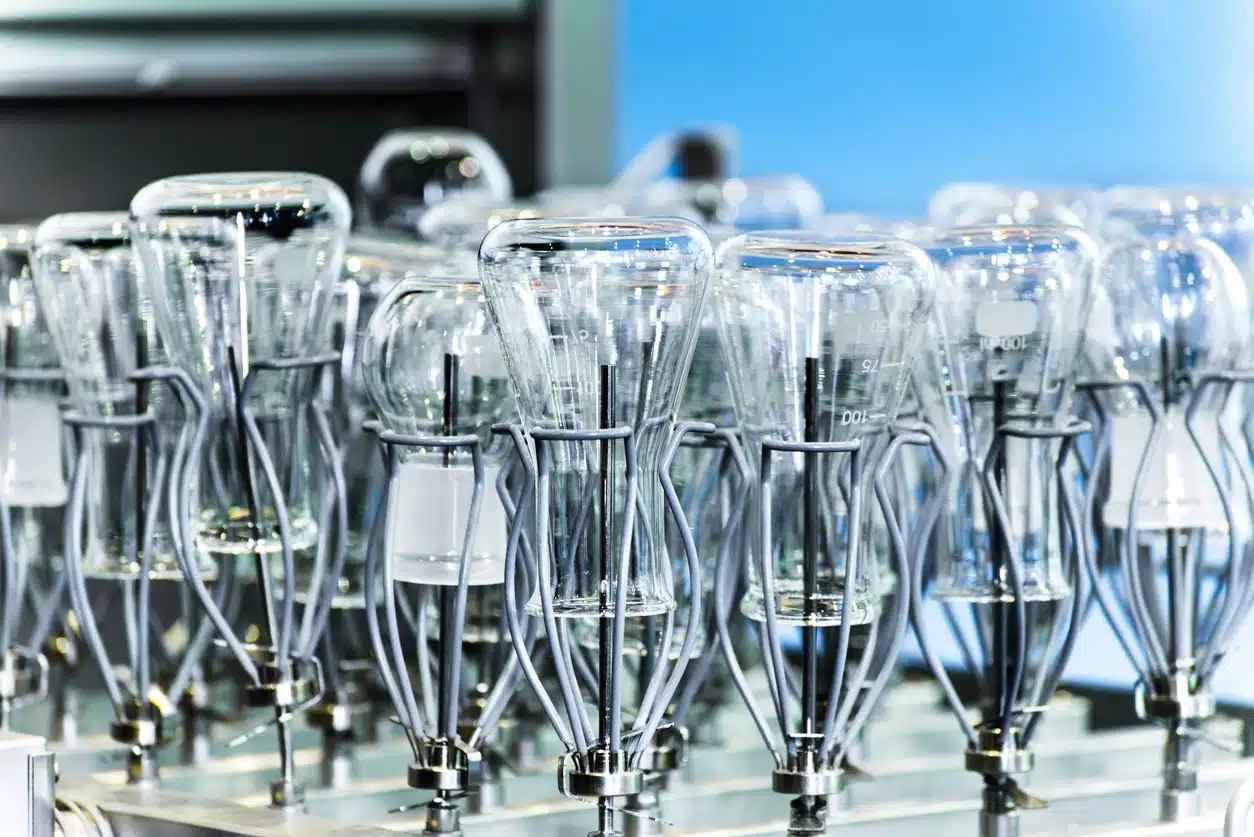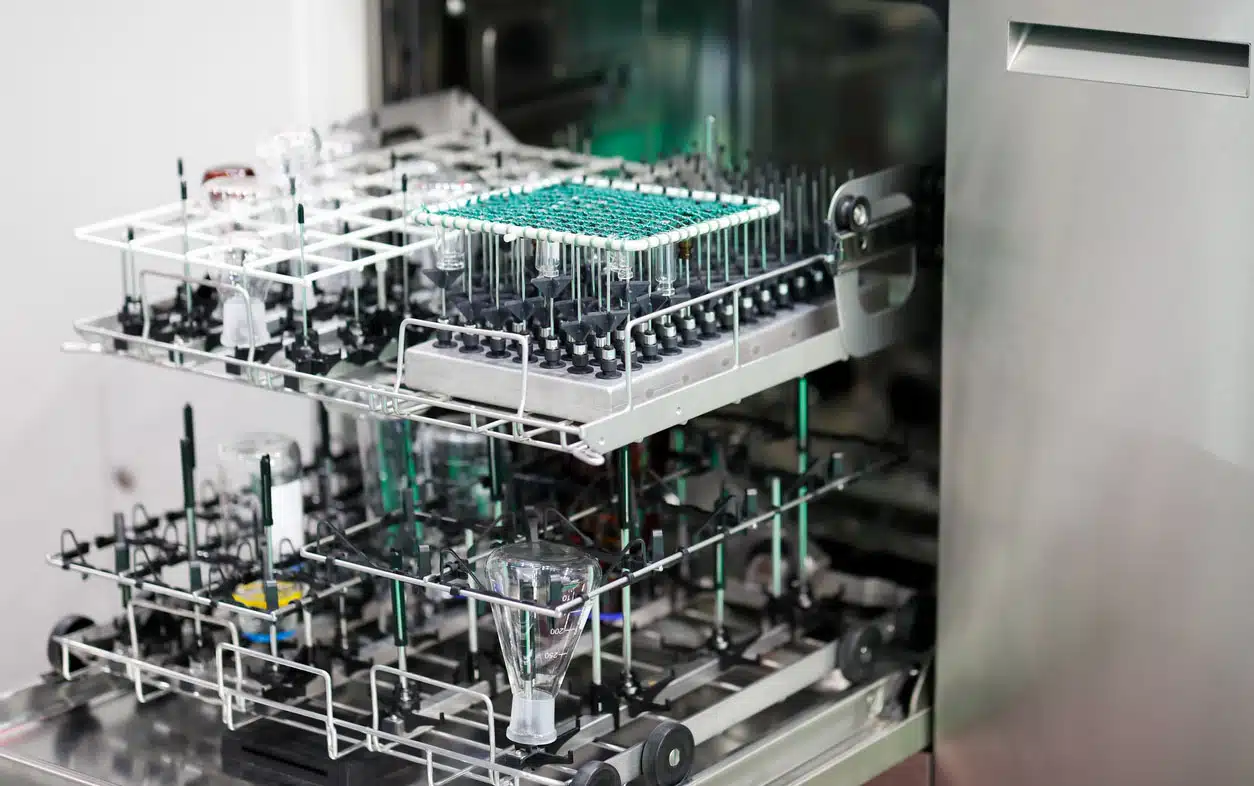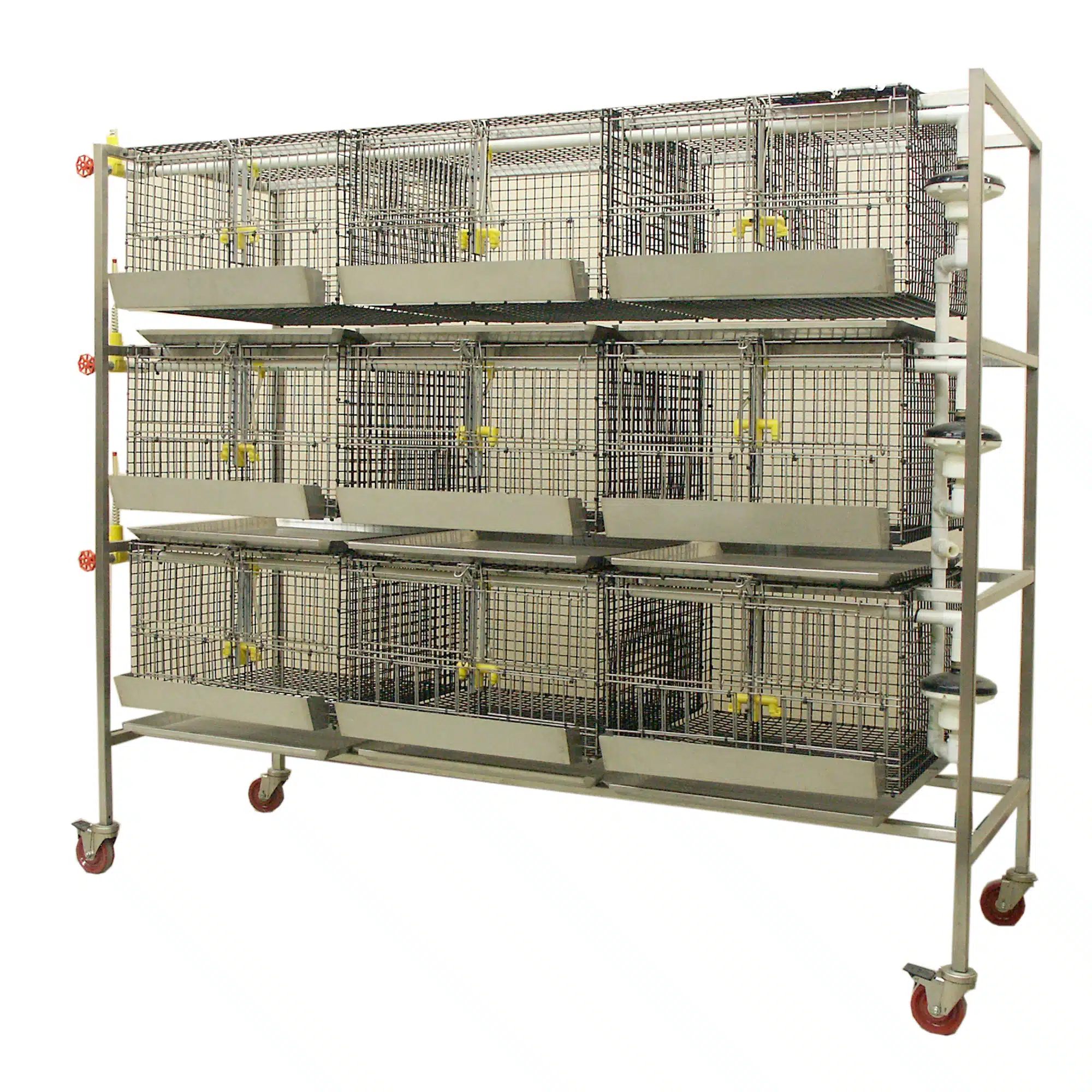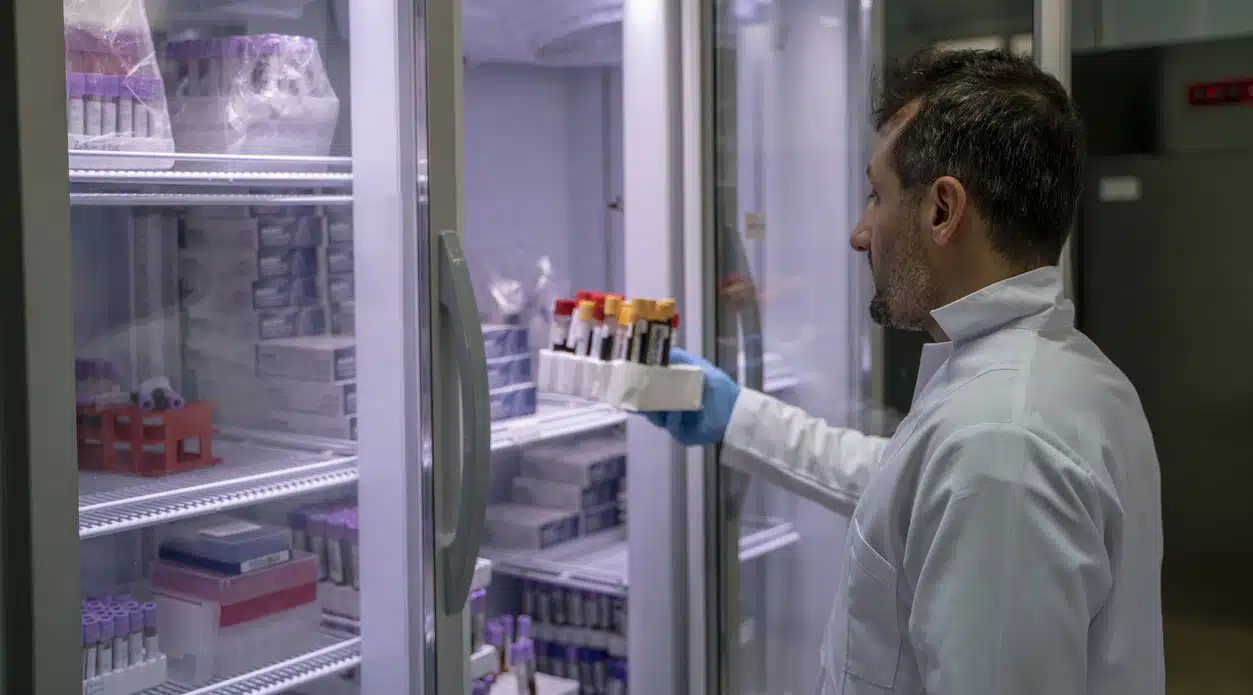Achieving LEED (Leadership in Energy and Environmental Design) certification is a significant goal for modern, sustainable vivarium projects. This certification highlights a facility’s commitment to sustainability, energy efficiency, and environmental responsibility, crucial in vivariums due to their unique operational needs.
What is LEED Certification?
LEED certification, established by the U.S. Green Building Council (USGBC), is a globally recognized symbol of excellence in sustainable building. It provides a comprehensive framework for designing, constructing, and operating high-performance green buildings. Projects earn LEED points across several categories, including sustainable sites, water efficiency, energy and atmosphere, materials and resources, indoor environmental quality, and innovation. The total number of points determines the level of certification: Certified, Silver, Gold, or Platinum. To read a more detailed breakdown of LEED certification basics, read our article “A Guide to LEED Certification for Labs: Enhancing Sustainability and Efficiency”.
Detailed Overview of LEED Certification for Vivariums
Vivarium projects face distinct challenges due to their specialized requirements for animal care, environmental control, and resource management. Achieving LEED certification involves implementing strategies that enhance sustainability without compromising the facility’s functionality. Here’s how various aspects of LEED certification are applied to vivariums:
- Sustainable Sites
- Site Selection and Connectivity: Choosing locations with access to public transportation and community amenities reduces the environmental impact of commuting.
- Alternative Transportation: Providing facilities for bicycle storage and encouraging the use of alternative transportation methods supports sustainability goals.
- Water Efficiency
- Water Use Reduction: Implementing systems like Consolidated Sterilizer Systems’ WaterEco® Series drastically reduces water consumption in autoclave operations, which is vital for earning water efficiency credits.
- Efficient Plumbing Fixtures: Using low-flow fixtures and efficient irrigation systems minimizes water use.
- Energy and Atmosphere
- Optimized Energy Performance: Utilizing energy-efficient systems, such as HVAC and lighting, helps reduce overall energy consumption. Integration with building automation systems ensures optimal energy management.
- Renewable Energy Use: Incorporating renewable energy sources like solar or wind power contributes to LEED credits.
- Materials and Resources
- Sustainable Building Materials: Using materials with high recycled content and those sourced locally reduces the environmental impact. Gruenberg’s dry heat sterilizers, which are made with durable materials, align with this goal.
- Waste Management: Effective construction waste management practices, such as recycling and reusing materials, contribute to LEED points.
- Indoor Environmental Quality
- Enhanced Air Quality: Implementing advanced ventilation systems ensures high indoor air quality, which is crucial for both animal and human health.
- Low-Emitting Materials: Using low-emitting adhesives, sealants, paints, and flooring systems improves indoor environmental quality.
- Innovation in Design
- Innovative Technologies: Leveraging advanced technologies, like Steelco’s heat recovery system for laboratory washers, enhances sustainability and operational efficiency.
- Sustainable Practices: Implementing unique and effective sustainable practices can earn additional LEED points.
Design Elements for Vivariums
Vivariums, also known as animal research facilities, play a crucial role in biomedical research. Achieving LEED certification for these facilities ensures they meet high standards for sustainability, energy efficiency, and environmental responsibility. This article explores the key aspects of LEED certification for vivariums, focusing on design drivers, space types, mechanical systems, and emerging trends.
Design Drivers
- Environmental Control: Maintaining strict environmental control is essential in vivariums to prevent contamination, infection, and odor transmission. This involves high-performance HVAC systems, sustainable operations, and maintenance practices.
- Animal Care: The primary focus of vivariums is the care and maintenance of experimental animals, requiring specialized spaces such as animal housing rooms, procedure rooms, and quarantine areas.
- Maintainability and Cleanliness: Designing for easy cleaning and maintenance is critical. This includes using impervious materials for floors and walls, and organizing circulation to control the flow of people, animals, and materials.
Animal Care in LEED-Certified Vivariums
Ensuring optimal animal care is paramount in vivariums because the well-being of research animals affects the validity and reliability of scientific experiments. LEED certification emphasizes humane treatment, environmental enrichment, and species-specific care to promote animal welfare and enhance research outcomes.
Species-Specific Housing Requirements
Different species require tailored housing environments to thrive. For instance, rodents are commonly used in biomedical research and need specific cage sizes, bedding materials, and ventilation systems to maintain health and comfort. Similarly, larger animals like primates or canines require more spacious enclosures, opportunities for physical exercise, and complex enrichment activities to prevent stress and promote natural behaviors.
Rodent Housing:
- Ventilation: Proper airflow is crucial to remove waste gases like ammonia. HEPA-filtered airflow systems ensure that air is free of contaminants, reducing respiratory problems.
- Cage Design: Transparent cages allow for easy observation while providing a comfortable living space. Automated watering systems and feeding devices ensure consistent care.
Primate and Canine Housing:
- Enclosures: Larger enclosures with climbing structures, swings, and puzzle feeders enrich the environment and promote physical and mental stimulation.
- Social Interaction: Social housing, where animals can see and interact with each other, is crucial for species like primates, which are naturally social.
Behavioral Enrichment
Behavioral enrichment aims to enhance the quality of life for research animals by promoting natural behaviors. This can include providing toys, varied diets, and opportunities for social interactions. Enrichment not only improves animal welfare, but also results in more reliable scientific data, as stressed animals may exhibit altered physiological responses.
- Environmental Enrichment: Incorporating elements like nesting materials, tunnels, and climbing structures encourages natural behaviors and reduces stress.
- Sensory Enrichment: Exposure to different sounds, smells, and visual stimuli keeps animals engaged and mentally stimulated.
Maintainability and Cleanliness in LEED-Certified Vivariums
Maintainability and cleanliness are important components of vivarium design because they directly influence animal health, research integrity, and facility sustainability. LEED certification requires stringent standards for cleanliness and ease of maintenance to ensure a safe and efficient research environment.
Material Selection
Using durable, easy-to-clean materials in vivarium construction is essential. Floors, walls, and ceilings should be made from non-porous materials that can withstand frequent cleaning and disinfection without deteriorating.
- Flooring: Epoxy-coated floors are preferred due to their resistance to chemicals and ease of cleaning. They are seamless, preventing the accumulation of dirt and pathogens in cracks and crevices. Here is a guide Different Laboratory Flooring Types Explained: Vinyl, Resin and More.
- Wall Finishes: Walls should be coated with washable, impermeable surfaces such as epoxy paint or PVC panels. These finishes resist moisture and can be easily sanitized.
Cleaning Protocols
Effective cleaning protocols are crucial to maintain a sterile environment and prevent the spread of pathogens. LEED-certified vivariums implement comprehensive cleaning and disinfection schedules, using environmentally friendly cleaning agents that minimize the impact on both animals and the environment.
- Routine Cleaning: Regular cleaning of animal enclosures, including removal of waste and replacement of bedding materials, is essential. Automated systems, like cage washers, ensure consistent and thorough cleaning.
- Deep Cleaning: Scheduled deep cleaning of the entire facility, including air ducts and ventilation systems, prevents the buildup of contaminants and maintains air quality.
Waste Management
Proper waste management is also important for maintaining cleanliness and environmental sustainability. LEED-certified facilities implement efficient waste disposal systems to handle biological waste, bedding materials, and cleaning residues.
- Segregation: Waste is segregated into different categories (e.g., biological, chemical, general) and disposed of according to specific protocols to prevent cross-contamination.
- Recycling: Where possible, materials such as bedding and packaging are recycled or repurposed, reducing the facility’s environmental footprint.
Innovations in Cleanliness and Maintainability
Emerging technologies and innovative practices enhance maintainability and cleanliness in LEED-certified vivariums.
- Robotics: Automated cleaning robots can navigate through the facility, performing routine cleaning tasks efficiently and reducing the need for human intervention.
- Smart Systems: Integration of building automation systems allows for real-time monitoring of environmental conditions and maintenance schedules, ensuring optimal cleanliness and operational efficiency.
Conclusion
Animal care and maintainability are foundational to the success of LEED-certified vivariums. By prioritizing species-specific needs, behavioral enrichment, durable materials, and advanced cleaning protocols, these facilities ensure the highest standards of animal welfare and environmental responsibility. This holistic approach not only supports ethical research practices, but also contributes to sustainable and efficient facility operations.
Types of Animal Spaces in LEED-Certified Vivariums
Types of Spaces
- Animal Holding Rooms: These rooms accommodate various species with specific requirements for cage size, room environment, and circulation patterns.
- Procedure Rooms: Located near animal holding rooms, these rooms are essential for research activities and must be accessible under controlled conditions.
- Barrier Elements: Airlocks, autoclaves, and other barriers are vital for maintaining controlled environments.
- Cagewash and Storage: Central to the facility, these areas handle cleaning, sanitizing, and storage of equipment and supplies.
- Containment and Barrier Facilities: Designed for working with infectious agents or immuno-compromised species, these facilities require advanced control and monitoring systems.
Animal Holding Rooms
Animal holding rooms are designed to provide a controlled environment that meets the specific needs of various animal species used in research. These rooms are central to the well-being of the animals and the integrity of the research conducted.
Environmental Control:
- Ventilation: Animal holding rooms are equipped with advanced HVAC systems to maintain optimal temperature, humidity, and air quality. These systems often include HEPA filters to prevent the spread of airborne pathogens and ensure a clean environment.
- Lighting: Adjustable lighting systems in holding rooms are designed to mimic circadian rhythms, which are essential for the physiological well-being of the animals.
- Noise Control: Soundproofing measures are implemented to reduce stress caused by noise. This includes the use of sound-absorbing materials and strategic placement of rooms away from high-traffic areas.
Cage Design and Enrichment:
- Cage Systems: Modern cage systems are designed for easy cleaning and accessibility. Automated systems for feeding, watering, and waste removal enhance the efficiency of daily operations.
- Behavioral Enrichment: Enrichment items such as nesting materials, tunnels, and exercise wheels are provided to encourage natural behaviors and improve animal welfare. For social species, opportunities for interaction with conspecifics are essential.
Procedure Rooms
Procedure rooms are specialized spaces designed for conducting various experimental procedures. These rooms are strategically located near holding rooms to minimize stress and transportation time for the animals.
Design and Layout:
- Accessibility: Procedure rooms are designed to be easily accessible from animal housing areas. This reduces the time animals spend in transit and minimizes stress.
- Equipment: These rooms are equipped with state-of-the-art surgical and diagnostic equipment. This includes anesthesia machines, imaging devices, and sterile workstations.
- Flexibility: Modular design allows for the reconfiguration of spaces to accommodate different types of procedures. This flexibility is crucial for adapting to the changing needs of research projects.
Safety and Hygiene:
- Sterility: Maintaining a sterile environment is paramount. Procedure rooms are designed with materials and finishes that can withstand frequent cleaning and sterilization.
- Biosafety: For procedures involving hazardous agents, biosafety cabinets and containment systems are used to protect both the animals and the personnel.
Barrier Elements
Barrier elements such as airlocks, autoclaves, and pass-through chambers are critical for maintaining the controlled environment of a vivarium. They prevent the spread of contaminants and ensure the biosecurity of the facility.
Airlocks:
- Function: Airlocks are used to separate different zones within the vivarium, maintaining distinct environmental conditions and preventing cross-contamination.
- Design: These areas are equipped with interlocking doors and high-efficiency filtration systems. Personnel and materials pass through airlocks to enter and exit different zones, ensuring that contaminants do not travel with the personnel.
Autoclaves:
- Sterilization: Autoclaves are essential for sterilizing equipment, bedding, and waste. They use high-pressure steam to kill microbial life, ensuring that materials are safe for use or disposal.
- Integration: Modern vivariums integrate autoclaves into the workflow, with pass-through designs that allow materials to be sterilized as they move between clean and dirty areas.
Cage Wash and Storage Areas
The cage wash and storage areas are the operational backbone of a vivarium. These areas are dedicated to cleaning, sterilizing, and storing cages, equipment, and supplies.
Cage Wash Facilities:
- Automation: Automated cage wash systems are used to clean and sanitize animal cages efficiently. These systems can process large volumes of cages, reducing labor and ensuring consistent cleanliness.
- Workflow: The layout of cage wash areas is designed to streamline operations. Dirty cages enter one end of the facility, are cleaned and sterilized, and then exit as clean cages ready for use.
Storage Solutions:
- Organized Storage: Proper storage solutions are essential for maintaining the integrity of supplies and equipment. Shelving, racks, and climate-controlled storage areas ensure that materials are kept in optimal conditions.
- Inventory Management: Advanced inventory systems track supplies and equipment, ensuring that the facility operates smoothly and efficiently.
Containment and Barrier Facilities
Containment and barrier facilities are designed to handle hazardous agents and protect immunocompromised species. These areas require stringent controls and advanced technology to maintain biosecurity.
Containment Labs:
- Design: Containment labs are built to high biosafety standards, with features such as airtight construction, negative air pressure, and specialized filtration systems.
- Equipment: These labs are equipped with biosafety cabinets, fume hoods, and other containment devices to protect personnel and prevent the spread of contaminants.
Barrier Systems:
- Physical Barriers: Physical barriers such as walls, doors, and seals are used to create distinct zones within the facility. These barriers prevent the movement of contaminants and maintain the integrity of the controlled environment.
- Operational Protocols: Strict operational protocols govern the movement of personnel and materials between zones. This includes the use of personal protective equipment (PPE) and decontamination procedures.
Conclusion
Each type of space within a LEED-certified vivarium is designed with specific functions and requirements in mind. By adhering to high standards of design, environmental control, and operational efficiency, these facilities ensure the well-being of research animals, the safety of personnel, and the integrity of scientific research. This comprehensive approach supports ethical research practices and also contributes to sustainable and efficient facility operations.
Architectural Elements of LEED-Certified Vivariums
Important Attributes
Designing vivariums involves meticulous planning to ensure a controlled environment that is conducive to research and animal welfare. The internal circulation systems, space segregation, and architectural design elements are crucial for maintaining cleanliness, efficiency, and compliance with LEED standards.
Internal Circulation Systems:
- Controlled Traffic Flow: Clean and dirty traffic must be strictly controlled to prevent contamination. Internal circulation systems are designed to separate clean (supply) routes from dirty (return) routes to maintain biosecurity.
- Cage Wash Division: The cage wash area should have distinct zones for incoming clean cages (supply side) and outgoing dirty cages (return side) to streamline operations and reduce cross-contamination.
- Location of Dirty Functions: Functions that inherently generate contaminants, such as necropsy and quarantine areas, should be located near the dock to facilitate easy waste removal and minimize the risk of contamination.
Animal Receiving Areas:
- Subdivided Areas: Animal receiving zones should be divided into sections for incoming animals and outgoing waste. This ensures that new arrivals are processed in a clean area, while waste is handled separately to maintain hygiene.
Architectural Design Elements
Floor-to-Floor Height:
- Clear Heights: The clear height from floor to ceiling should range from 8’–6″ to 9’–0″. Above the ceiling, a clear height of 5’–0″ to the underside of the structure is recommended to accommodate infrastructure support systems in the interstitial space. The overall floor-to-floor height should be approximately 16’–0″ to ensure ample space for utilities and air circulation.
Floor and Framing System:
- Stability and Load Capacity: Floors should be stable and monolithic, preferably made of concrete, and capable of supporting a live load of 125 pounds per square foot to dampen vibrations. Preferred floor finishes include epoxy terrazzo or resinous coatings for their durability and ease of cleaning.
Interior Walls and Partitions:
- Durability and Cleanability: Interior walls should be robust and capable of withstanding frequents. Concrete masonry units are preferred for their strength and stability. Wall finishes should be impervious and easy to clean, using coatings like block filler with latex paint or epoxy-based products. Steel studs with moisture-resistant gypsum board may be used if adequately protected with rails, bumpers, and corner guards.
Doors:
- Size and Durability: Doors should be a minimum of 42″ wide and 84″ high to facilitate the movement of racks with integrated blowers. Door assemblies should be solid, with no voids to prevent vermin or bacterial growth, and should have a cleanable surface like epoxy-painted steel, stainless steel, or fiberglass-reinforced plastic. Continuous hinges and protected hardware are recommended for durability and hygiene.
Ceilings:
- Moisture Resistance: Ceilings should be made of moisture-resistant gypsum board with a latex paint or high-build coating, and all intersections with walls and openings should be sealed to ensure air and water tightness.
Mechanical Electrical Plumbing System Elements
The mechanical, electrical, and plumbing systems are vital for maintaining a controlled environment in vivariums. The design of these systems is guided by standards such as the Guide for the Care and Use of Laboratory Animals and the ASHRAE Handbook—HVAC Applications.
HVAC Systems:
- Environmental Control: HVAC systems regulate airflow, air cleanliness, temperature, humidity, odor transmission, and contaminant control. Air changes per hour (ACH) should range from a minimum of 10 to more than 20, depending on air quality, caging type, and density.
- Redundancy: To ensure continuous operation, HVAC systems should have redundancy and backup systems. Building automation systems with direct digital controls make HVAC systems responsive and adaptive, enhancing reliability.
Plumbing Systems:
- Animal Watering and Equipment Needs: Plumbing systems are varied and independent, with a focus on reliable water supply for animal watering systems and major equipment like cage washers. Watering system needs are calculated based on species, and load capacities are determined system by system.
Electrical Systems:
- Reliability and Redundancy: Reliable power and backup systems, including standby generators, are crucial. Electrical systems should support lighting cycle control, security, and monitoring of water usage. Weather-protected outlets in wet locations and the use of computers in procedure and holding rooms are also important considerations.
By integrating these architectural, mechanical, electrical, and plumbing elements, LEED-certified vivariums can provide a sustainable, efficient, and humane environment for research animals, while maintaining high standards of cleanliness and operational efficiency.
How Animal Care Systems Supports LEED Certification for Vivariums
Animal Care Systems provides innovative solutions that align with LEED certification requirements for vivariums, emphasizing sustainability, efficiency, and animal welfare. Its products and systems contribute to creating an environmentally responsible and energy-efficient research environment.
Innovative Cage Systems and High-Density Housing
- Space Optimization: Animal Care Systems’ high-density caging solutions, such as Optimice® and Optirat® systems, maximize facility space usage, reducing the overall equipment footprint. This aligns with LEED criteria for efficient use of space and resources.
- Energy Efficiency: These systems integrate seamlessly with existing HVAC exhaust systems, eliminating the need for blowers or electrical components. This reduces energy consumption and operational costs.
Airflow Technology:
- Natural Behavior Support: The patented airflow technology in these cages removes contaminants, odors, allergens, and animal heat load without generating noise or vibrations. This creates a healthier environment for both animals and technicians, promoting natural rodent behaviors and enhancing research outcomes.
- Environmental Control: Effective airflow management helps maintain optimal temperature and humidity levels, which is crucial for LEED certification. Consistent environmental conditions reduce the need for excessive energy use in climate control systems.
Sustainability and Maintenance
Durable Materials:
- Long-lasting Design: The use of durable, easy-to-clean materials, like thermoplastics and stainless steel, ensures longevity and reduces the need for frequent replacements, supporting LEED’s focus on sustainable building materials and waste reduction.
- Low Maintenance: The robust construction and low maintenance requirements of Animal Care Systems cages contribute to lower operational costs and environmental impact. Efficient cleaning and sterilization processes minimize water and chemical use, supporting LEED’s water efficiency credits.
- Customer Support and Training:
- Continued Partnership: Animal Care Systems provides comprehensive training and support to ensure proper use and maintenance of its products. This ongoing support helps facilities maintain high standards of operation and sustainability.
- Efficient Operations: Optimized workflow and synchronization of processes reduce labor and resource waste, aligning with LEED’s operational efficiency goals.
Enhanced Research Environment
- Animal Welfare:
- Behavioral Enrichment: Cage systems designed to support the natural behaviors of rodents lead to better animal welfare, which is a key aspect of sustainable research practices and reproducible results.
- Stress Reduction: Features like partial cage-floor thermal support contribute to homeostasis and stress reduction, enhancing the reliability of research outcomes.
- Environmental Impact:
- Green Manufacturing: Lean manufacturing processes and environmentally aware production practices reduce the overall carbon footprint of the facility, contributing to LEED certification credits for sustainable manufacturing.
Achieving LEED Certification for Vivariums through Water Efficiency with Consolidated’s WaterEco® Series
Achieving LEED certification is a vital goal for modern, sustainable building projects, including vivariums. One of the key aspects of earning LEED credits is through water efficiency, and Consolidated Sterilizer Systems’ WaterEco® Series provides an innovative solution in this area.
Consolidated’s WaterEco® Series: Reducing Water Consumption in Sterilizers
Most modern autoclaves consume significant amounts of water to cool effluent discharge and comply with local building codes, often using up to 1,600 gallons per day. The WaterEco® Series by Consolidated Sterilizer Systems addresses this issue by drastically reducing the water used in autoclave operations.
Key Features of the WaterEco® Series:
- WaterEco® Basic: This system collects drainage into a cooling reservoir, using air, previously cooled effluent, and a minimal amount of cold water to cool the effluent.
- WaterEco® Plus: Utilizing a stainless steel heat exchanger and the facility’s chilled water supply, this system virtually eliminates once-through cooling water.
- WaterEco® Vac Plus: Integrated with pre-vacuum autoclaves, this system uses chilled water to cool the vacuum water and exhaust, making it the best solution for minimizing water use.
Benefits of the WaterEco® Systems:
- Significant Water Savings: A single eco-friendly autoclave can save more than 60,000 gallons of water annually, translating to potential cost savings of $100,000 over 15 years depending on current utility rates.
- Space-Saving Design: All WaterEco® systems are designed to fit integrally with the sterilizer, conserving valuable laboratory space.
- Easy Retrofit: Both the WaterEco® Basic and WaterEco® Plus can be easily retrofitted onto existing sterilizers, regardless of the manufacturer, ensuring flexibility and ease of implementation.
- Non-Electric Operation: These systems operate without electricity, using a temperature-actuated, non-electric mechanical valve, which further reduces resource consumption and costs.
- Integration with House Chiller Systems: The WaterEco® Plus and WaterEco® Vac Plus can easily integrate with existing house chiller systems, maximizing water savings.
- LEED Eligibility: Installing a WaterEco® system helps architects and builders earn LEED credits by enhancing the building’s water efficiency and sustainability profile.
- Compliance with Building Codes: All WaterEco® systems are designed to meet and exceed building code requirements for effluent discharge temperatures.
Smart Options Available for Consolidated Sterilizers:
- Steam Generators: ProGEN™ electric steam generator as a steam source when house steam is unavailable.
- Water Saving Systems: Includes WaterEco® systems for eco-friendly and cost-efficient operations.
- Water Purification Systems: Provides reverse osmosis or deionized water systems for autoclaves.
- SteriNET® Connex™ Remote Connectivity: Enables remote monitoring and data management.
- SterilCARE™ Preventative Maintenance Service Program: A maintenance plan for autoclaves.
- Steril-Q™ Validation and Documentation Services: Supports autoclave validation with IQ/OQ/PQ protocols.
- Rack with Removable Shelving: Offers flexible shelving options.
- Loading Cart & Transfer Carriage: Aids in loading/unloading processes.
- Liquid Ring Pump: Conserves water and reduces cycle time.
- Load Control Probe: Monitors sterilization during cycles.
- Economy Post Vac: Enhances drying time after sterilization.
- Steam/Inlet Filter: Cleans incoming steam.
- Autoclave Chamber Cleaner: Facilitates internal chamber cleaning.
- Data Storage Device: Stores cycle data for analysis and reporting.
Consolidated Sterilizer Systems ACT Label
In addition to water efficiency, Consolidated Sterilizer Systems has earned the ACT label. This label evaluates the environmental impact of laboratory products, allowing facilities to make informed purchasing decisions and advance their sustainability goals. This certification, awarded by My Green Lab, signifies excellence in sustainability for laboratory equipment.
ACT Label Evaluation Criteria:
- Manufacturing Impact
- Renewable Energy Use
- Responsible Chemical Management
- Shipping Impact
- Product Content
- Packaging Content
Earning the ACT label involved rigorous testing of autoclaves’ performance, energy and water consumption, and a thorough review of materials, manufacturing processes, and waste disposal practices. The label confirms Consolidated Sterilizer Systems’ commitment to sustainability, publishing independently verified data to help customers evaluate product sustainability.
Conclusion: Incorporating Consolidated Sterilizer Systems’ WaterEco® Series into your vivarium not only supports sustainable practices by significantly reducing water consumption, but also aids in achieving valuable LEED credits. These systems offer an effective solution for both new constructions aiming for LEED certification and existing facilities looking to retrofit for better water efficiency and compliance. Additionally, the ACT label highlights the company’s commitment to sustainability, ensuring that its products meet the highest environmental standards. By choosing WaterEco®, facilities can contribute to a greener future and also benefit from cost savings and operational efficiencies.
Miele Laboratory Washers and ACT Certification
Miele Professional has achieved ACT label certification for three of its glassware washers: the PG 8583, PG 8593, and PG 8583 CD.
LEED Credits and Environmental Benefits: Miele’s ACT-certified washers contribute to earning LEED credits. These machines are designed to conserve water, save energy, and reduce emissions, aligning with the principles of sustainable building practices.
Key Features:
- Efficient Resource Use: Variable speed pumps with integrated heating elements optimize cleaning performance and resource use.
- Water and Energy Savings: ACT label certification reflects rigorous standards for water and energy conservation, helping labs achieve LEED credits.
- Advanced Features: DI water connection, liquid dispensing, and safety monitoring systems ensure high performance and sustainability.
Gruenberg’s Dry Heat Sterilizers and LEED Accreditation
Gruenberg’s dry heat sterilization technology is an effective and environmentally friendly method for sterilizing laboratory and medical equipment, aligning well with LEED objectives. By leveraging the advantages of dry heat sterilizers, facilities can potentially earn LEED credits in various categories, contributing to sustainable building operations.
Energy Efficiency:
- Lower Energy Consumption: Dry heat sterilizers, including those from Gruenberg, use less energy compared to steam sterilizers because they do not require steam, so they do not require water. . This efficiency supports the LEED Energy & Atmosphere category, which emphasizes optimizing energy performance and reducing overall energy consumption.
- High-Performance Insulation: Gruenberg’s sterilizers feature high-performance insulation that minimizes heat loss, ensuring efficient use of energy during the sterilization process.
Water Conservation:
- No Water Usage: Unlike steam sterilizers, Gruenberg’s dry heat sterilizers do not require water for the sterilization process. This significant reduction in water usage supports the LEED Water Efficiency category, aimed at reducing potable water consumption.
Improved Indoor Environmental Quality:
- No Steam Emissions: Dry heat sterilizers from Gruenberg do not emit steam, reducing the need for complex ventilation systems to manage steam output. This can enhance indoor air quality and support the LEED Indoor Environmental Quality category, which seeks to improve indoor environmental health and comfort.
Material and Resource Conservation:
- Durable Construction: Gruenberg’s dry heat sterilizers are constructed with robust materials such as 304 and 316 stainless steel, ensuring long-term durability and reducing the need for frequent replacements. This durability aligns with the LEED Materials & Resources category, which focuses on the use of sustainable and long-lasting materials.
Simplified Facility Requirements:
- Ease of Installation: Gruenberg’s dry heat sterilizers often have simpler installation requirements compared to steam sterilizers because they do not need water supply lines, drains, or steam capture hoods. This simplicity can reduce the need for extensive modifications to the building infrastructure, aligning with LEED goals to minimize the environmental impact of building operations.
Environmental Responsibility:
- Non-Toxic and Non-Corrosive: Gruenberg’s dry heat sterilizers do not use toxic chemicals, making them an environmentally responsible choice. This characteristic can support various LEED categories aimed at reducing the environmental footprint of building operations.
Conclusion: While dry heat sterilizers offer several benefits that align with LEED objectives, it is essential to consult with a LEED-accredited professional or your architect to ensure that any new equipment qualifies for LEED credits. Specific contributions to LEED accreditation will depend on the overall design and operation of your facility. Read our Guide: Streamlining Sterilization: An Expert’s Guide to Steam and Dry-Heat Methods.
Steelco’s Innovative Heat Recovery System for Laboratory Washers
In the quest for energy efficiency and sustainability, Steelco has developed an advanced heat recovery system for its laboratory washers that aligns perfectly with LEED prerequisites. This innovative system not only optimizes energy consumption, but it also significantly reduces water usage, making it a shining example for modern laboratories striving for eco-friendly operations.
Key Features:
- Energy Efficiency: Reduces energy consumption by utilizing residual heat from wastewater.
- Water Conservation: Aligns with LEED prerequisites for indoor water use reduction.
- Cost Savings: Lowers operational costs by decreasing energy demands.
- Environmental Responsibility: Minimizes the laboratory’s carbon footprint.
Steelco’s system is ingeniously designed to capture and reuse heat from the wastewater generated during the washing process. At the core of this system is a drain cooling tank equipped with a high-efficiency heat exchanger. When hot wastewater from the washer flows into this cooling tank, it transfers its heat to the incoming cold water that is directed through the heat exchanger. This process effectively preheats the cold water before it is used in the next rinse cycle.
How the System Works:
- Drain Cooling Tank with Heat Exchanger:
- Hot wastewater flows into the cooling tank.
- The heat exchanger transfers heat from the wastewater to the incoming cold water.
- Preheating Incoming Cold Water:
- Cold water is directed through the heat exchanger.
- The system can increase the temperature of the incoming cold water by up to 25 degrees Fahrenheit.
- Energy Savings:
- Preheated water reduces the energy required for subsequent washing cycles.
- This results in lower energy consumption and reduced operational costs.
Beyond energy savings, Steelco’s heat recovery system was engineered to ensure compliance with LEED prerequisites, particularly concerning indoor water use reduction. A crucial aspect of the system is that it prevents the cooled wastewater from being directly mixed with the outgoing water for immediate discharge. Instead, the heat from the wastewater is efficiently captured and used to preheat the incoming rinse water, ensuring that the system does not rely on once-through water for cooling purposes. This approach not only meets but exceeds LEED’s stringent requirements for sustainable water management.
Compliance and Documentation:
- LEED Prerequisites:
- Ensures the system does not use once-through water for cooling.
- Efficiently captures and reuses heat from wastewater.
- Documentation:
- Detailed process flow diagrams provided.
- Clear illustration of the cold water path through the heat recovery exchanger.
To support their claims and provide transparency, Steelco supplies detailed documentation and process flow diagrams with their systems. These documents clearly illustrate the path of the cold water through the heat recovery exchanger and confirm that it is not blended into the outgoing water, thereby validating the system’s compliance with LEED standards.
Conclusion: Steelco’s heat recovery system stands out as a cutting-edge solution for laboratory washers, embodying the principles of energy efficiency and sustainability. By recovering and reusing heat from wastewater, the system reduces energy demands and conserves water, offering a practical and environmentally responsible choice for laboratories. As facilities continue to seek ways to minimize their environmental impact, Steelco’s innovative system provides a reliable and effective means to achieve their sustainability goals.
Partnering with ARES Scientific for Sustainable Laboratory Solutions
Achieving LEED certification for vivarium design signifies a commitment to energy efficiency and environmental responsibility. Vivariums face unique challenges due to their high energy demands and specialized environmental requirements. By integrating sustainable practices and adhering to LEED standards, vivariums can significantly reduce their environmental footprint while maintaining operational excellence.
ARES Scientific stands out as your specialist for Animal Care Systems, Miele, Consolidated, Gruenberg, and Steelco sales, offering advanced solutions that align with sustainability goals. Miele’s ACT-certified laboratory washers, Consolidated’s WaterEco® Series, Gruenberg’s dry heat sterilizers, Steelco’s innovative heat recovery systems, and Animal Care Systems’ unique animal racks are prime examples of how state-of-the-art equipment can contribute to LEED certification and overall environmental sustainability. These products help vivariums reduce water and energy consumption, enhance indoor environmental quality, and support compliance with stringent environmental standards.
Choosing ARES Scientific as your partner ensures access to innovative technology and expertise in achieving sustainable vivarium design. Together, we can create vivarium environments that are both efficient and environmentally responsible, paving the way for a greener future in scientific research.











